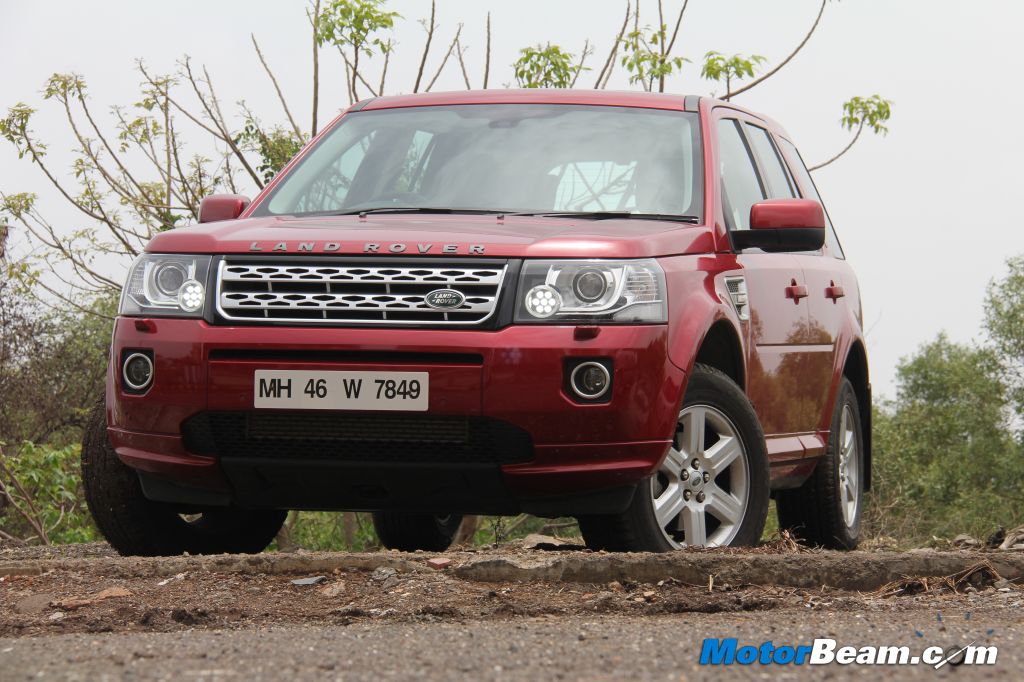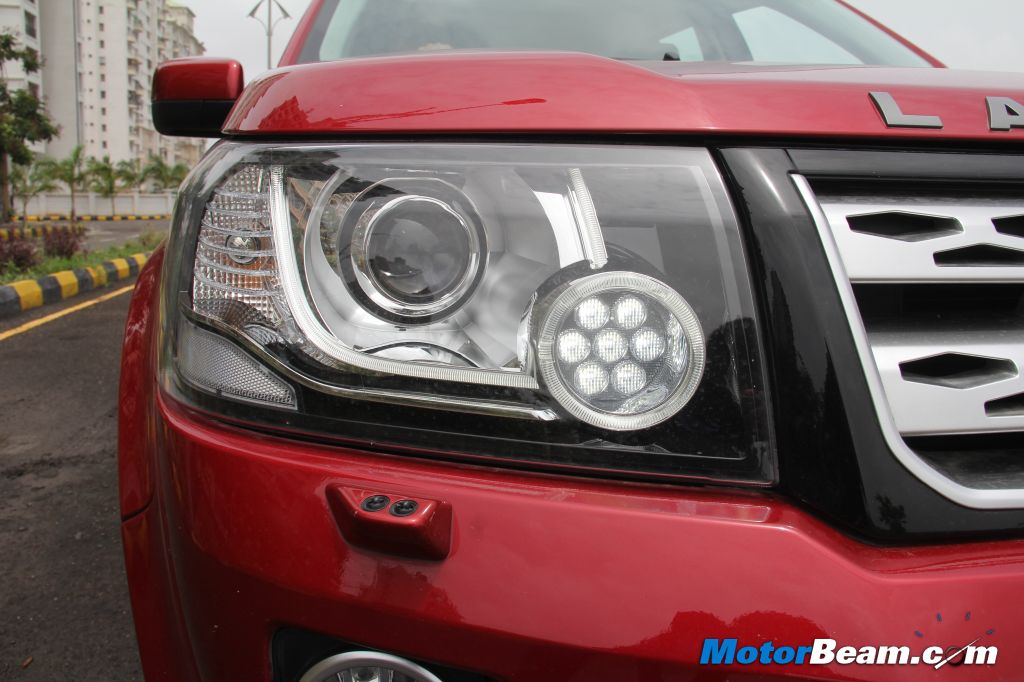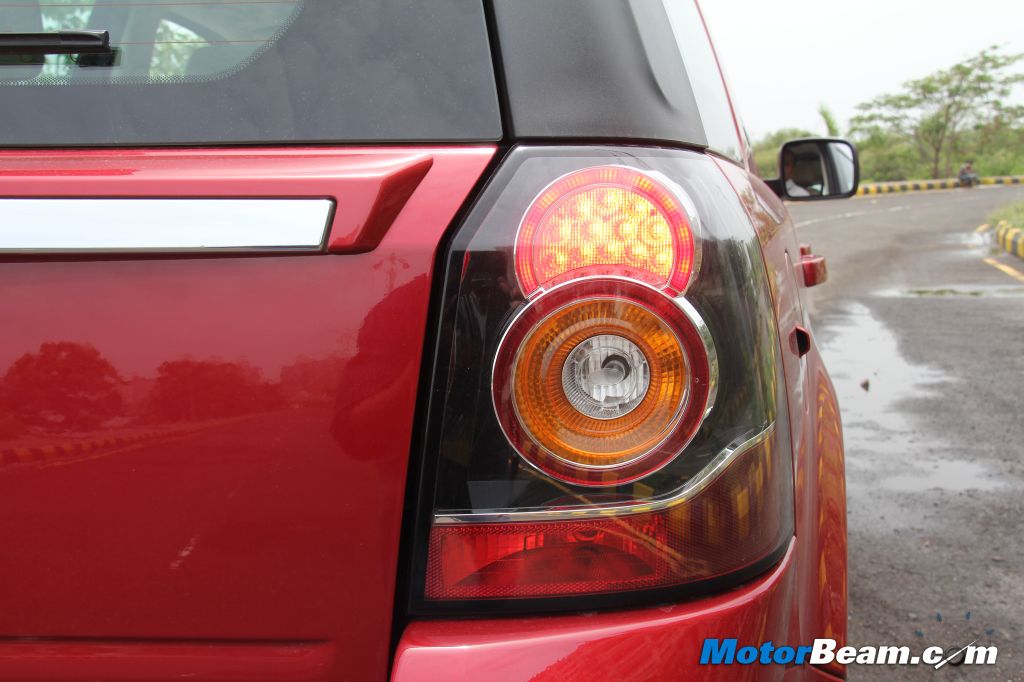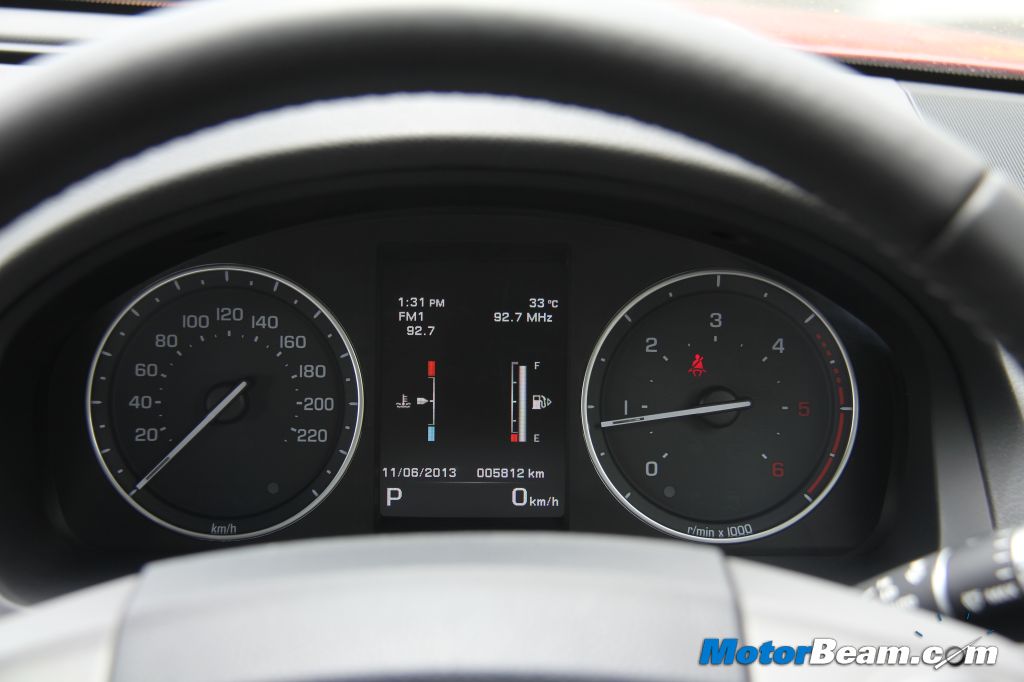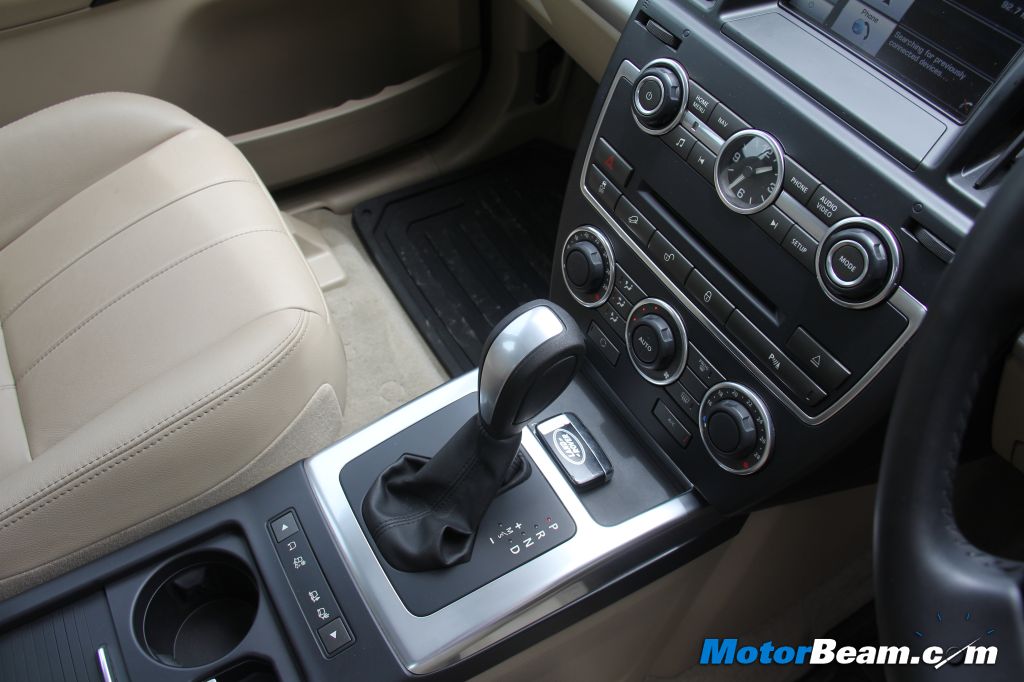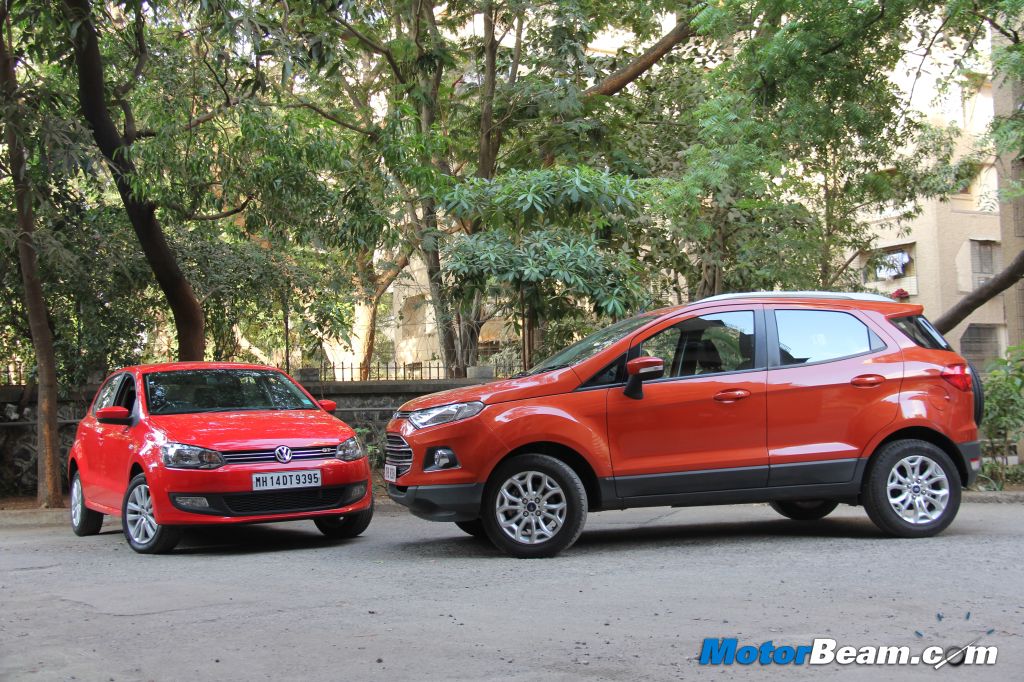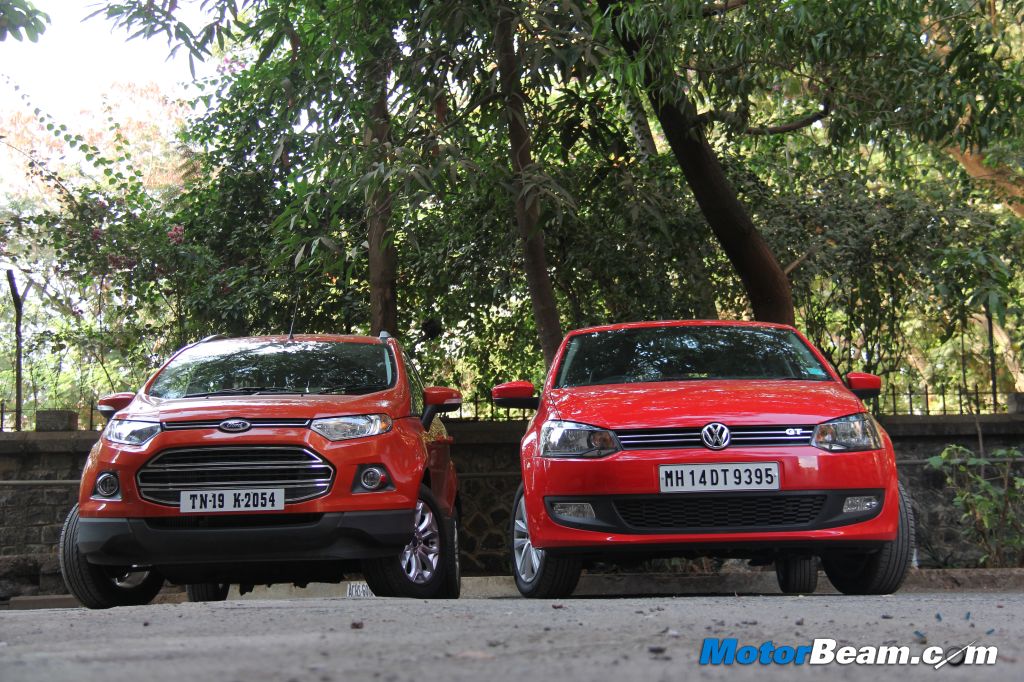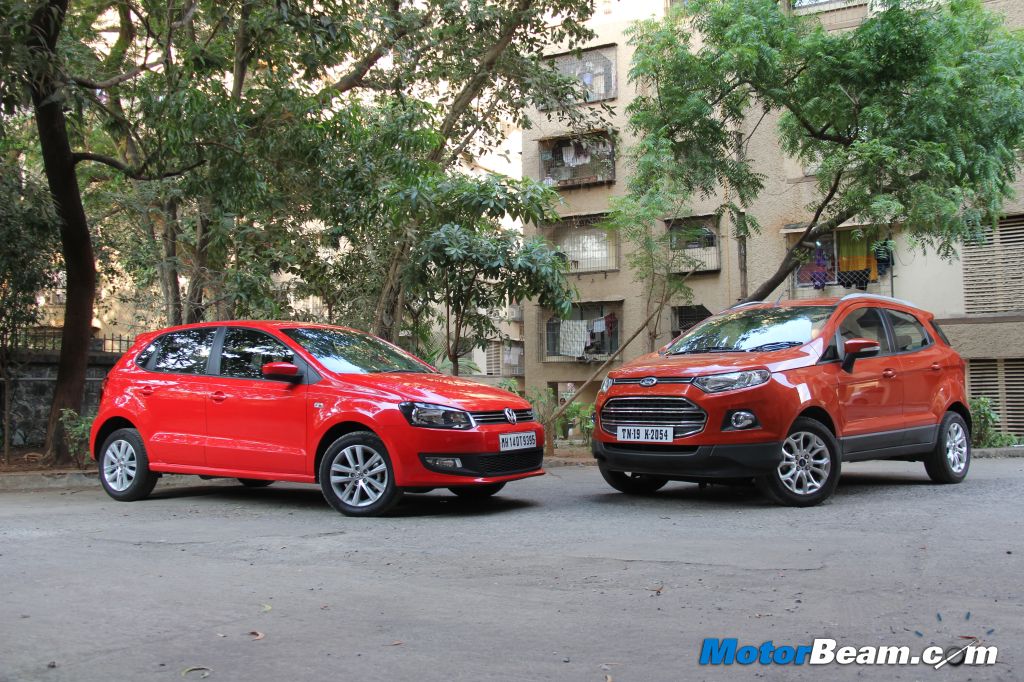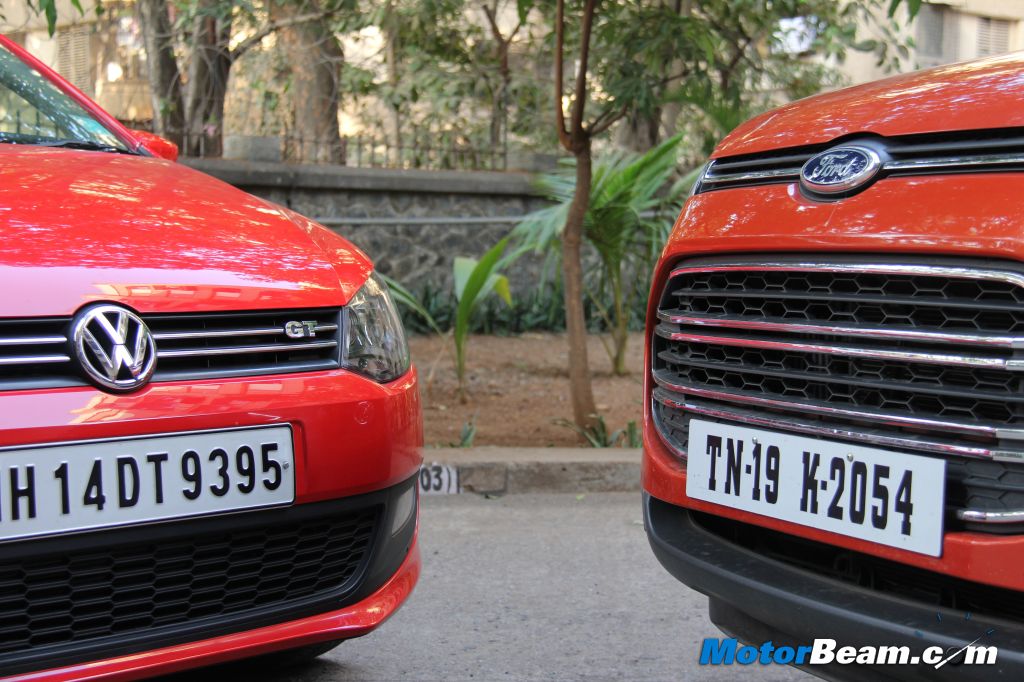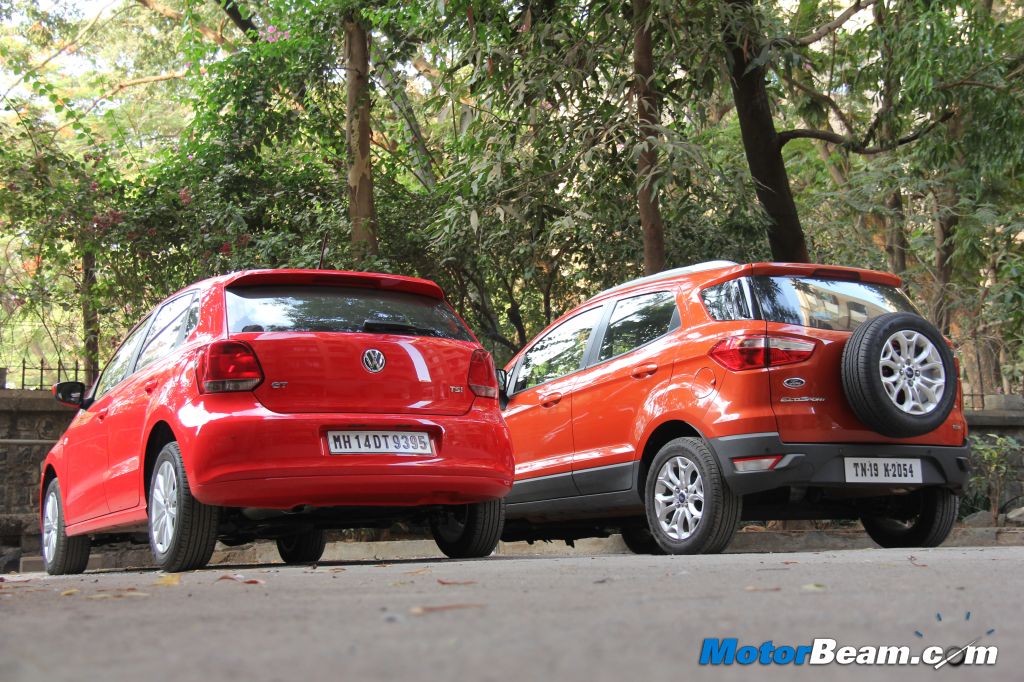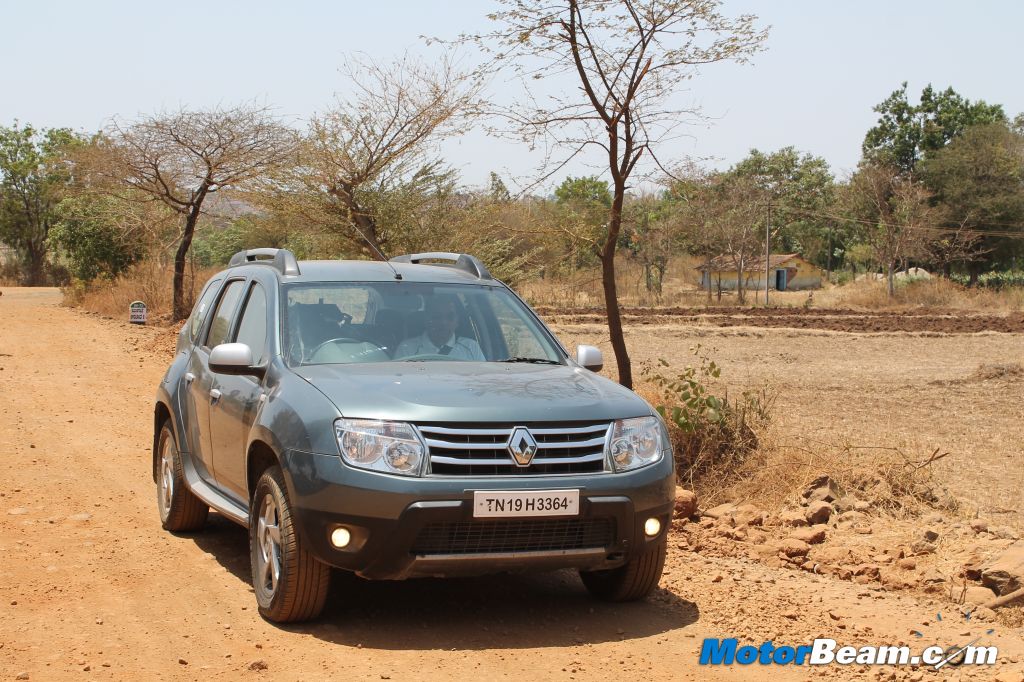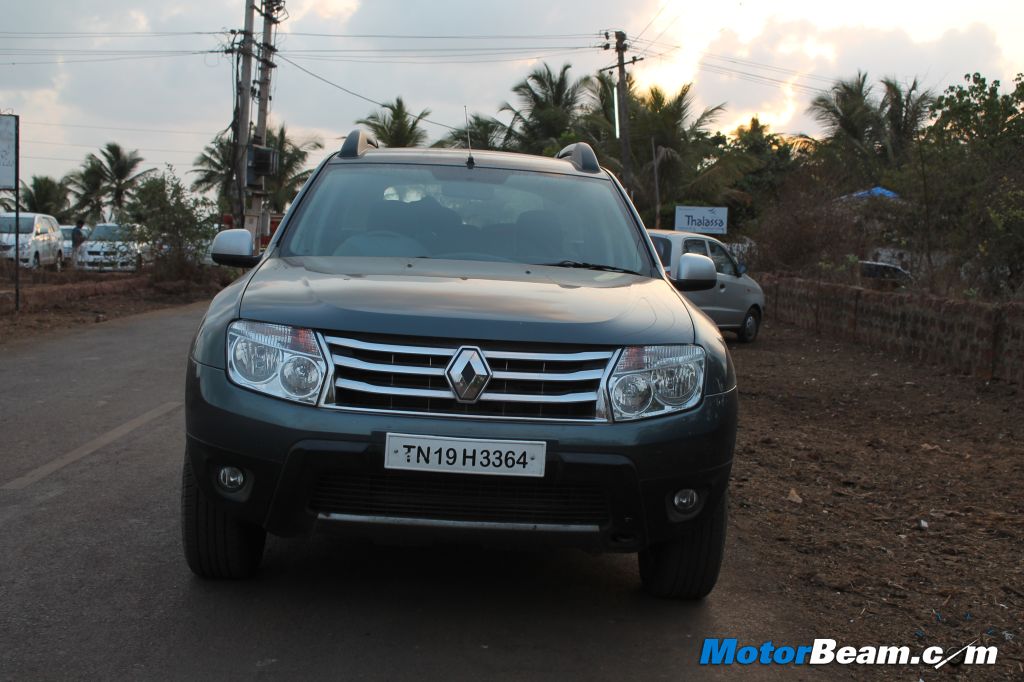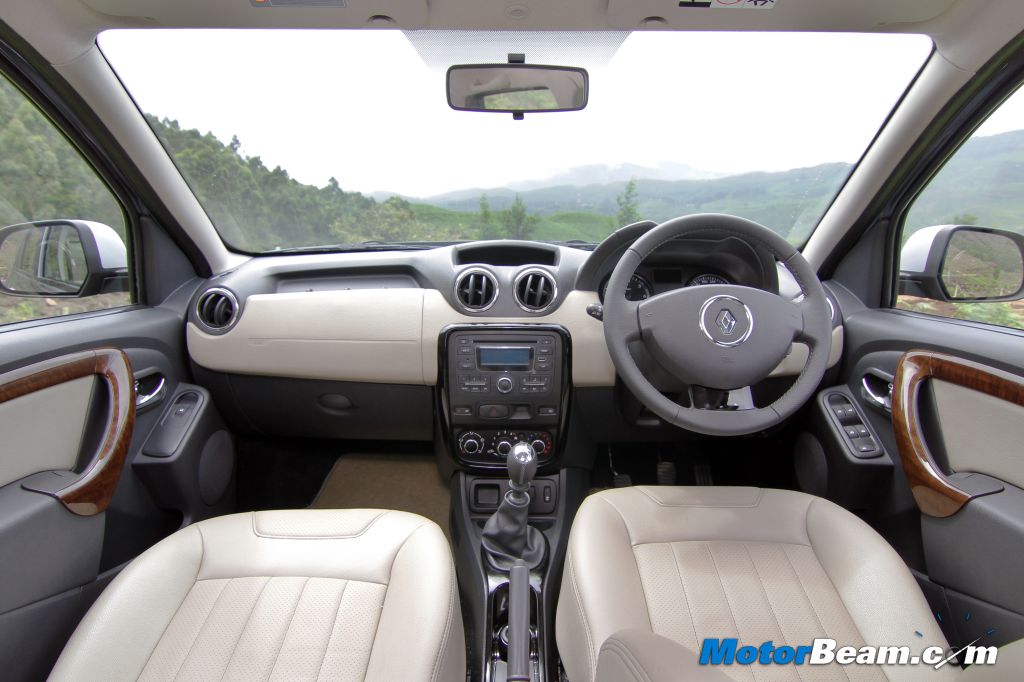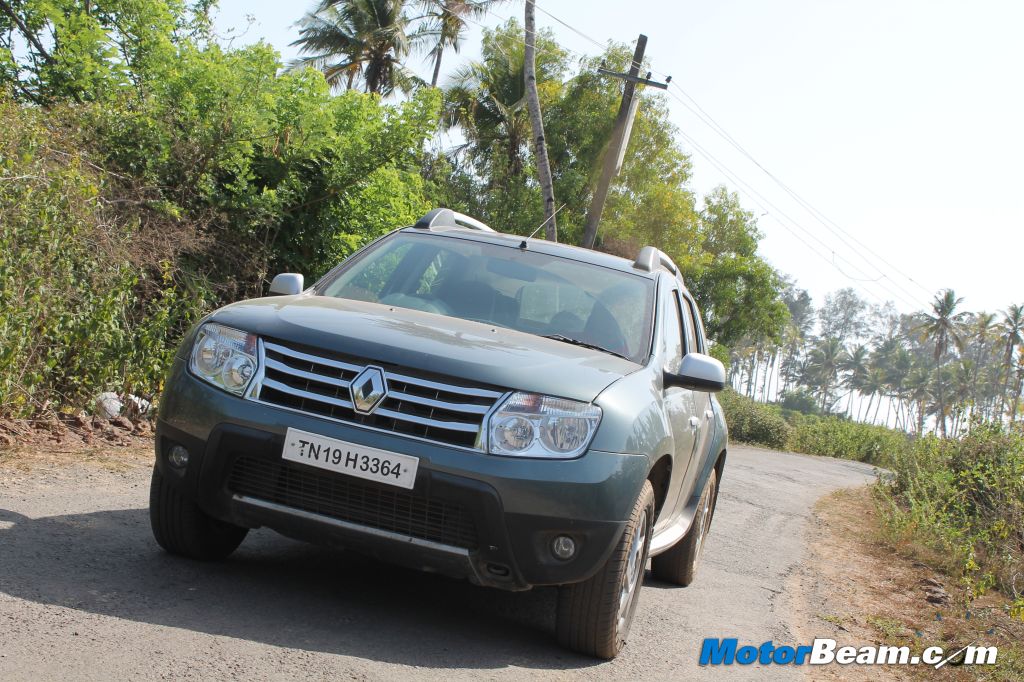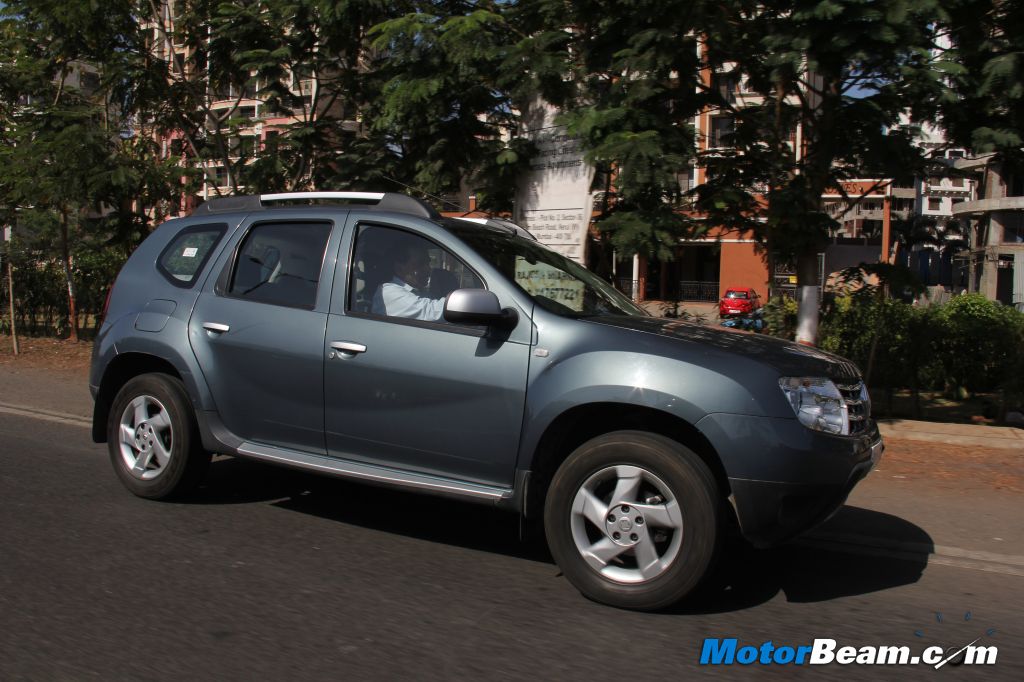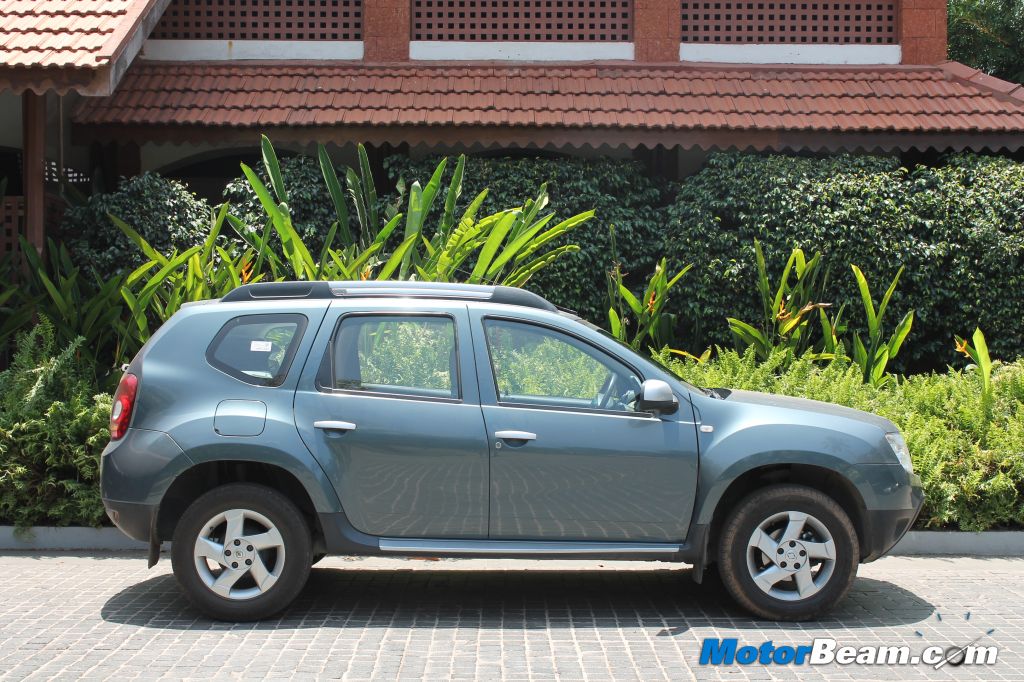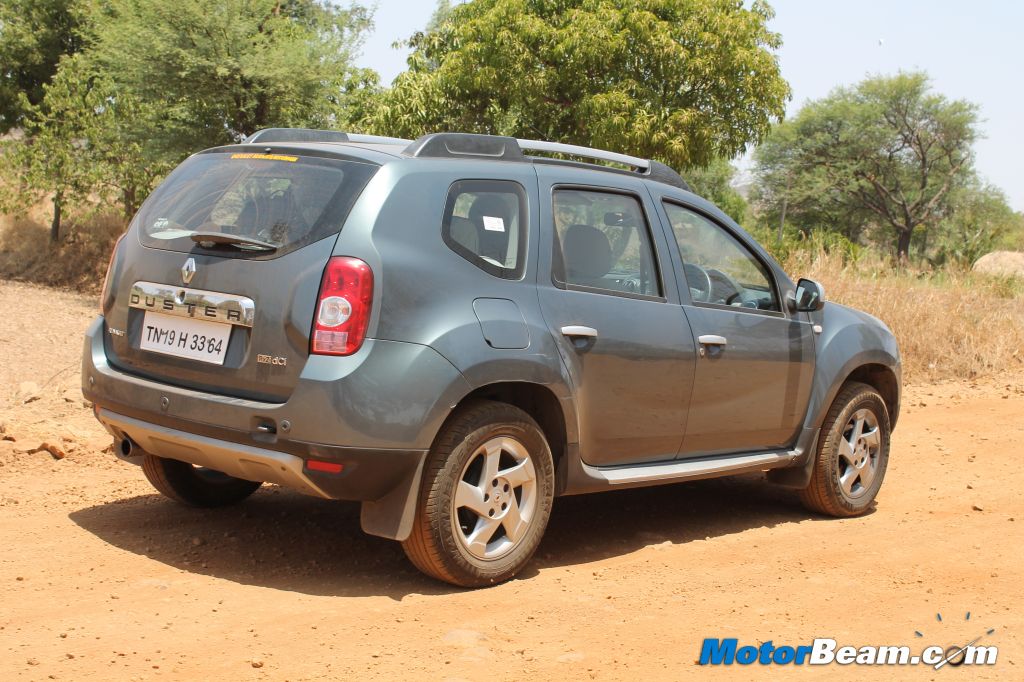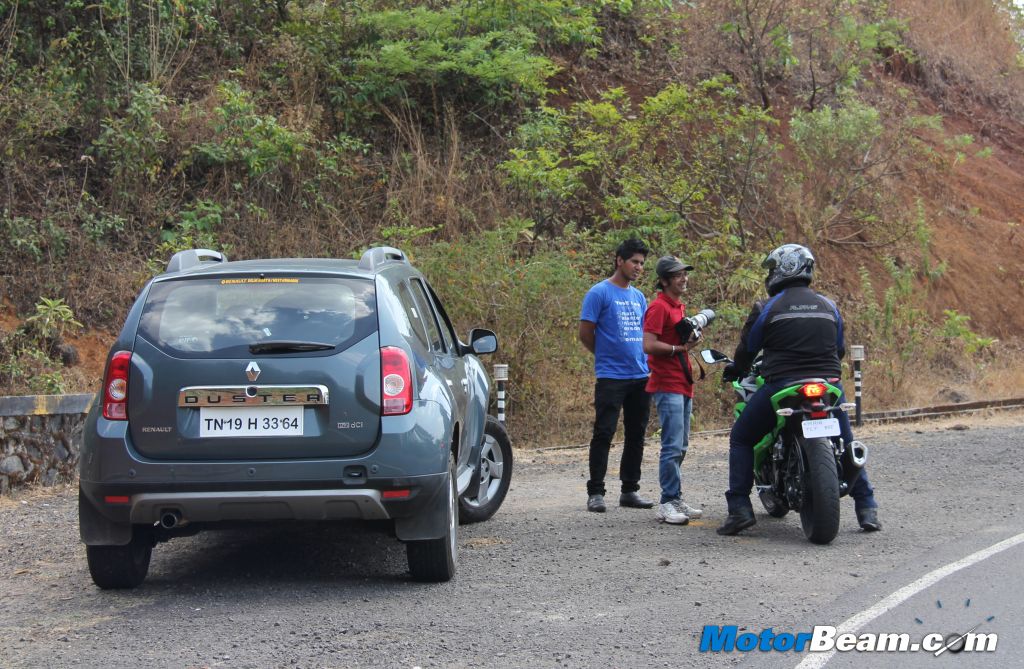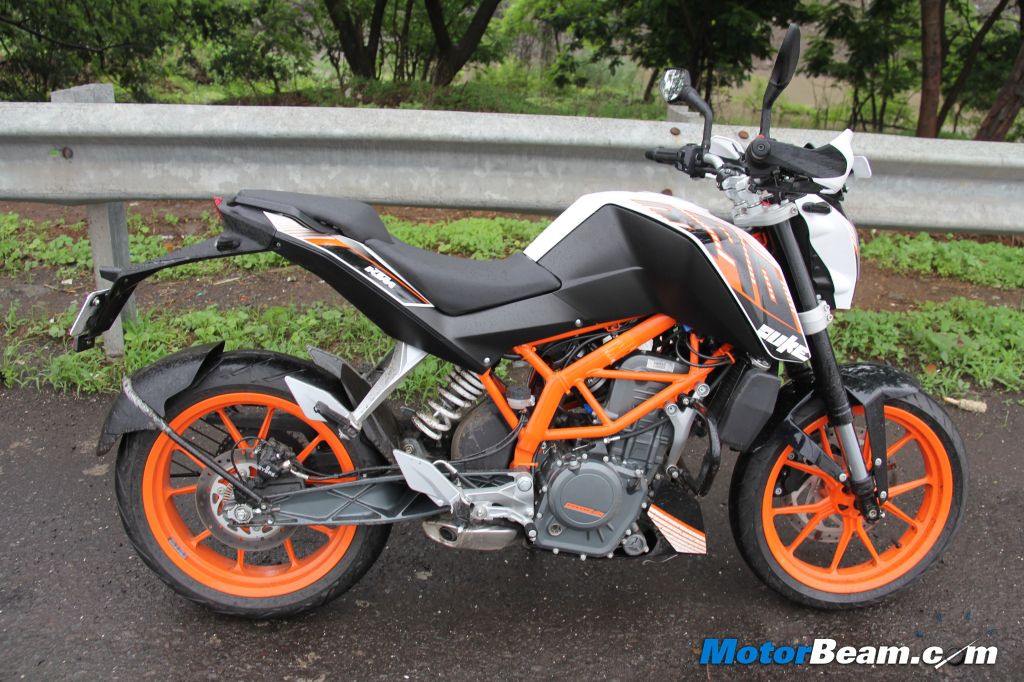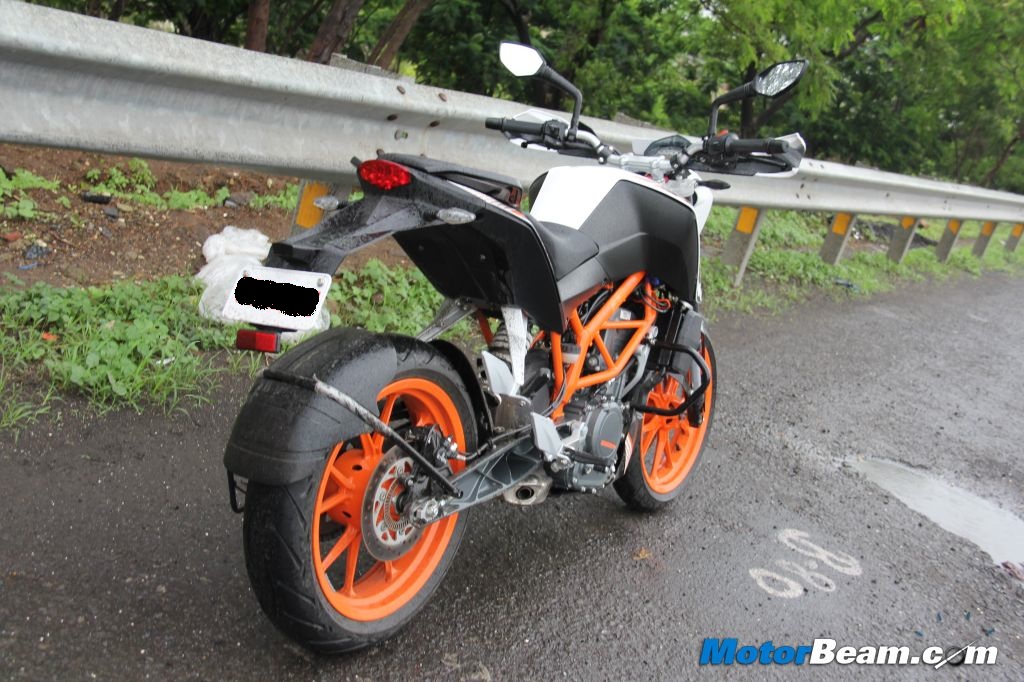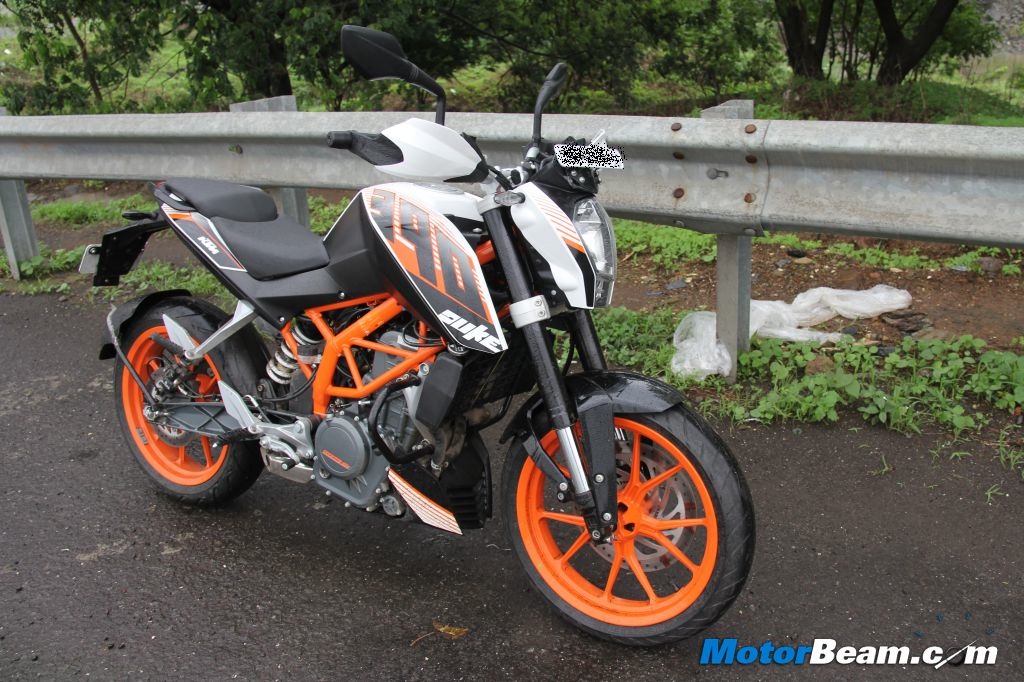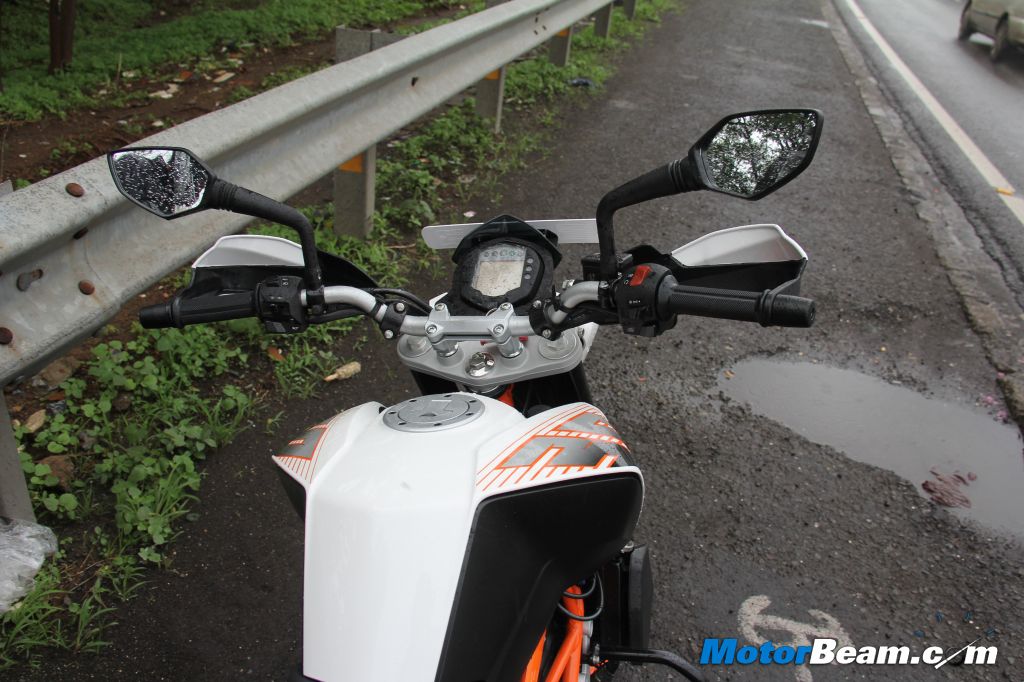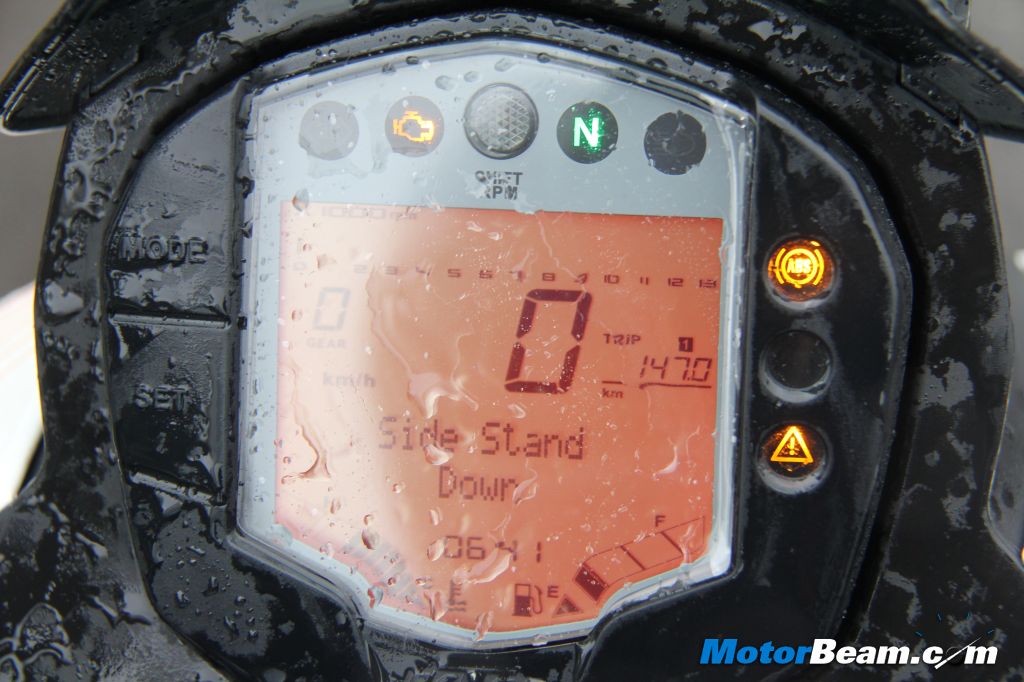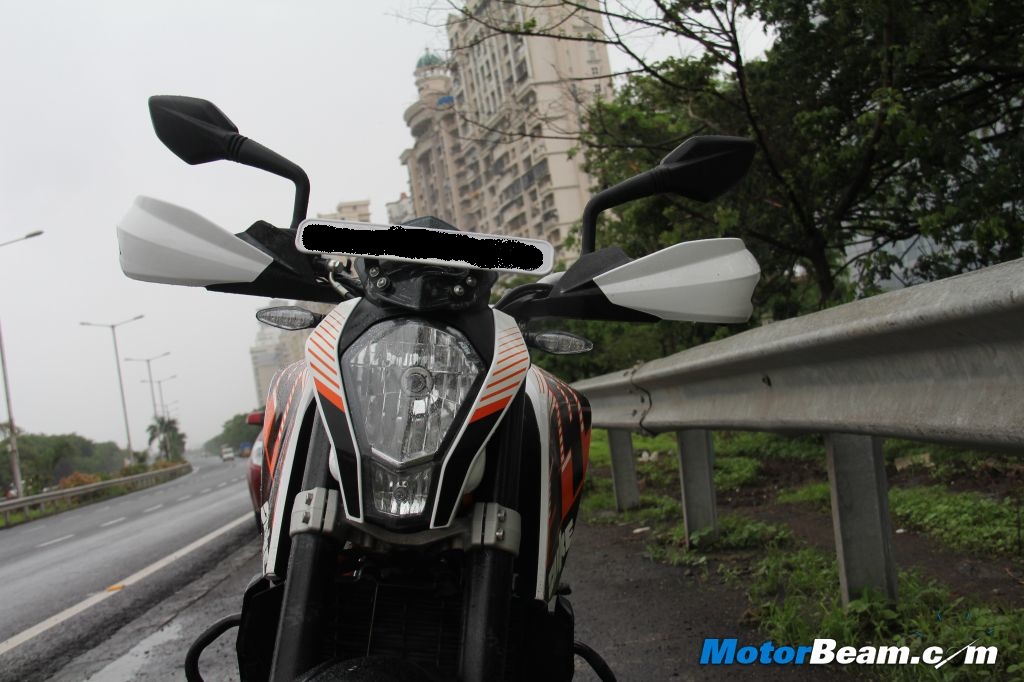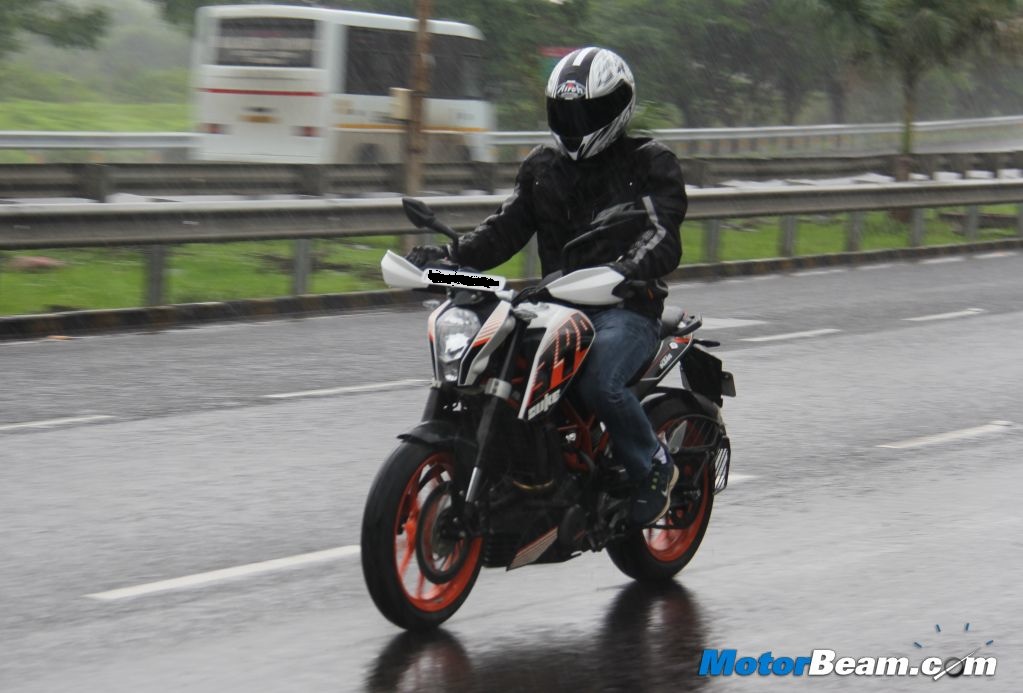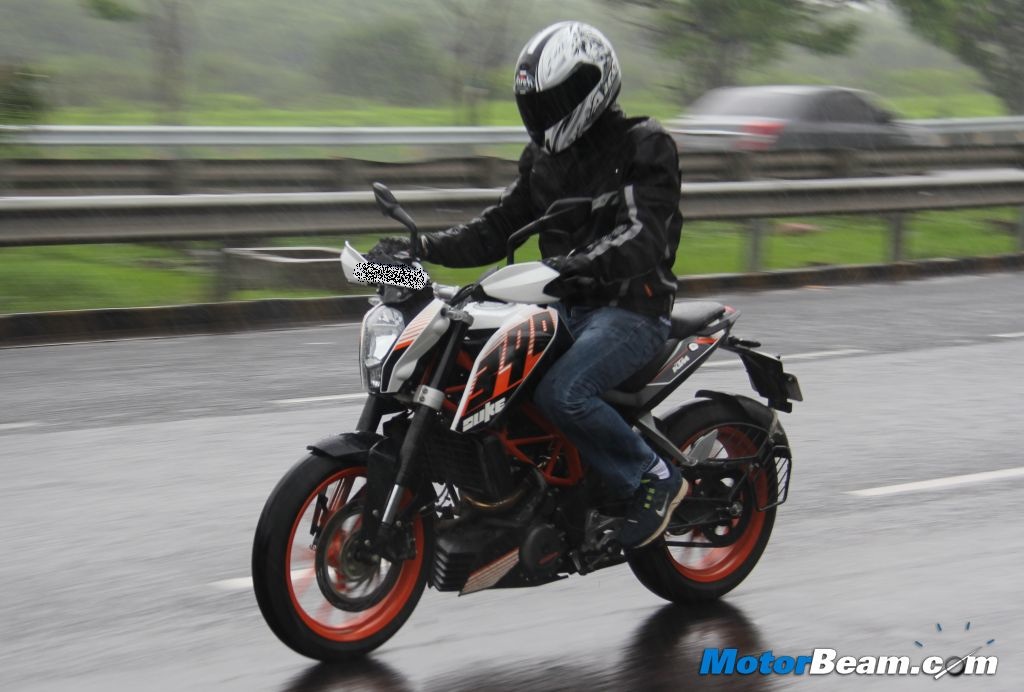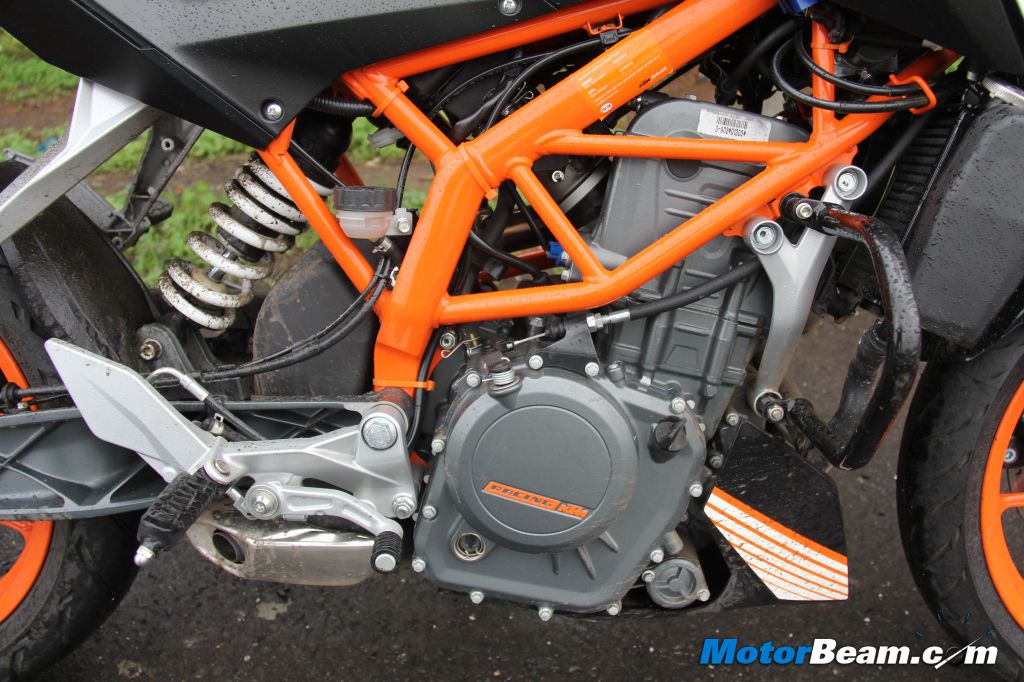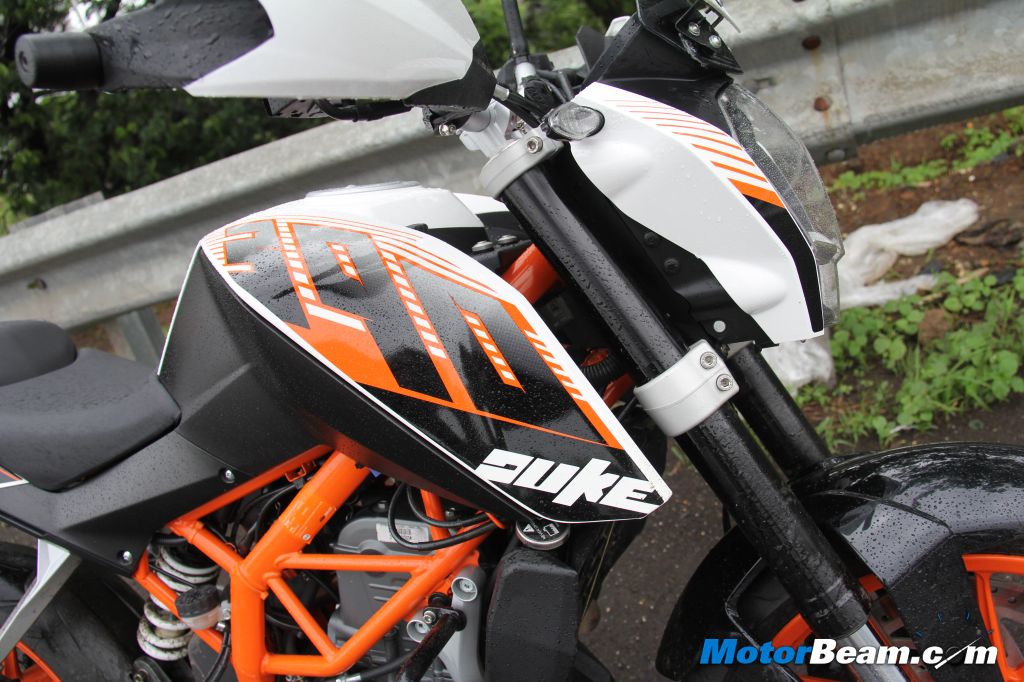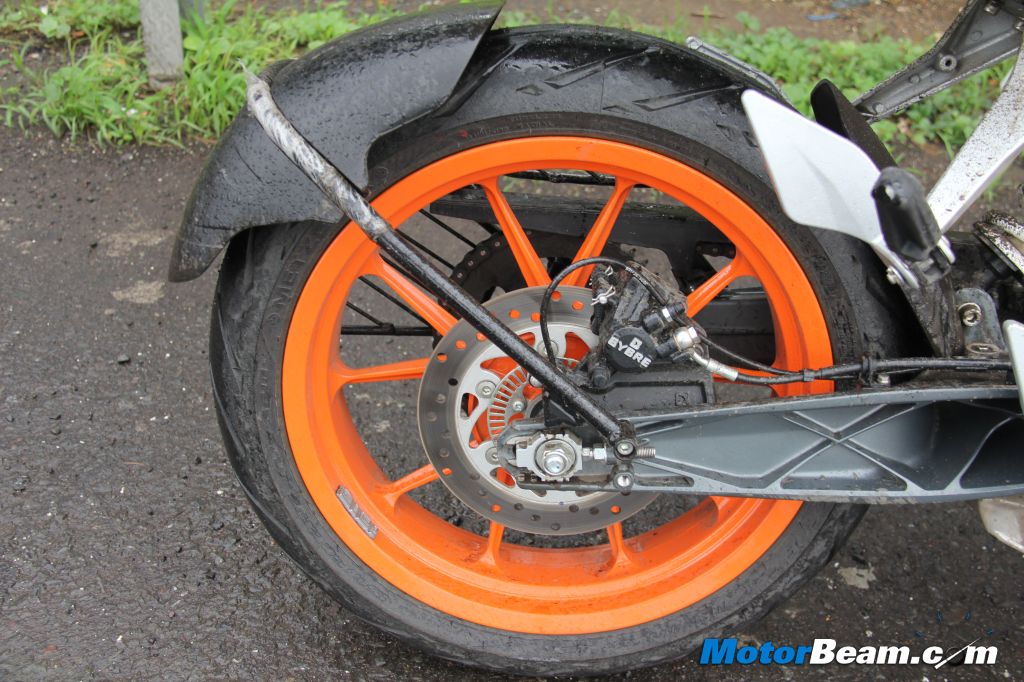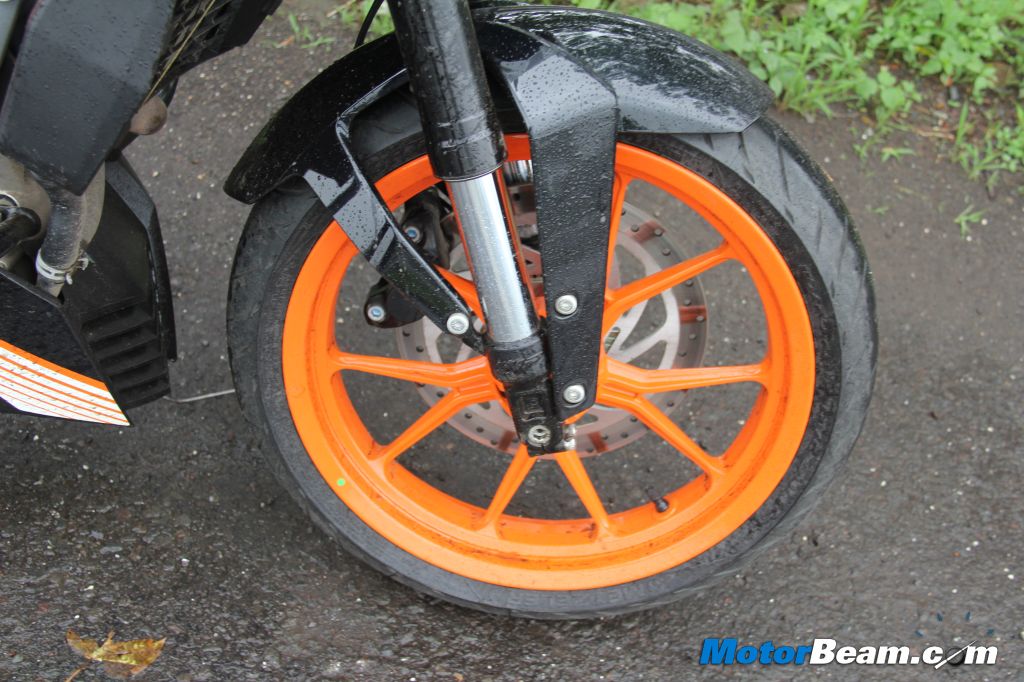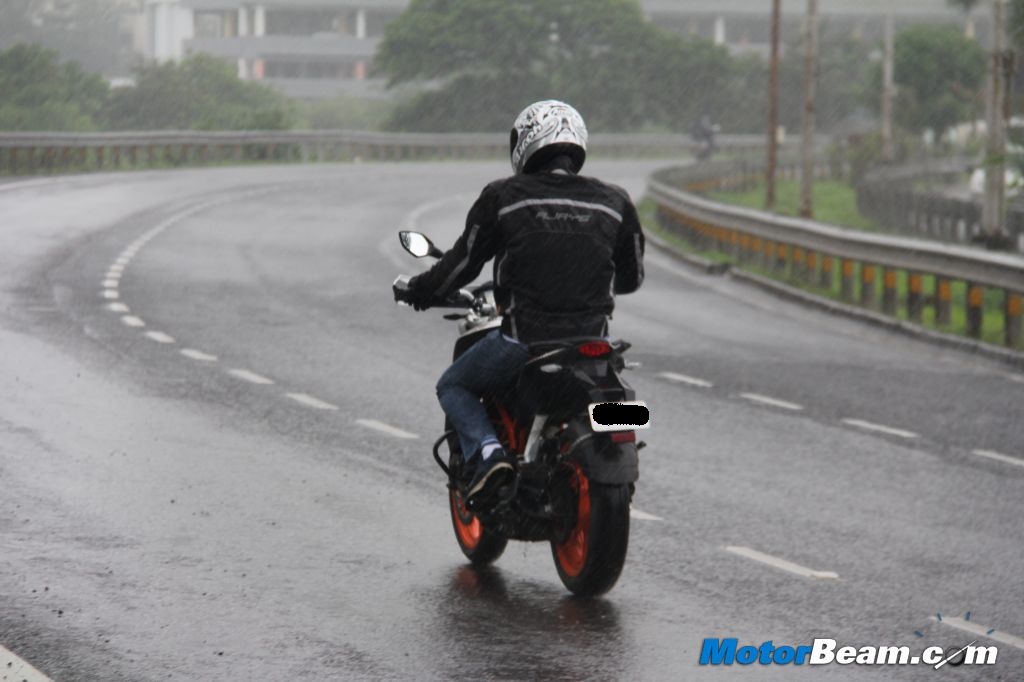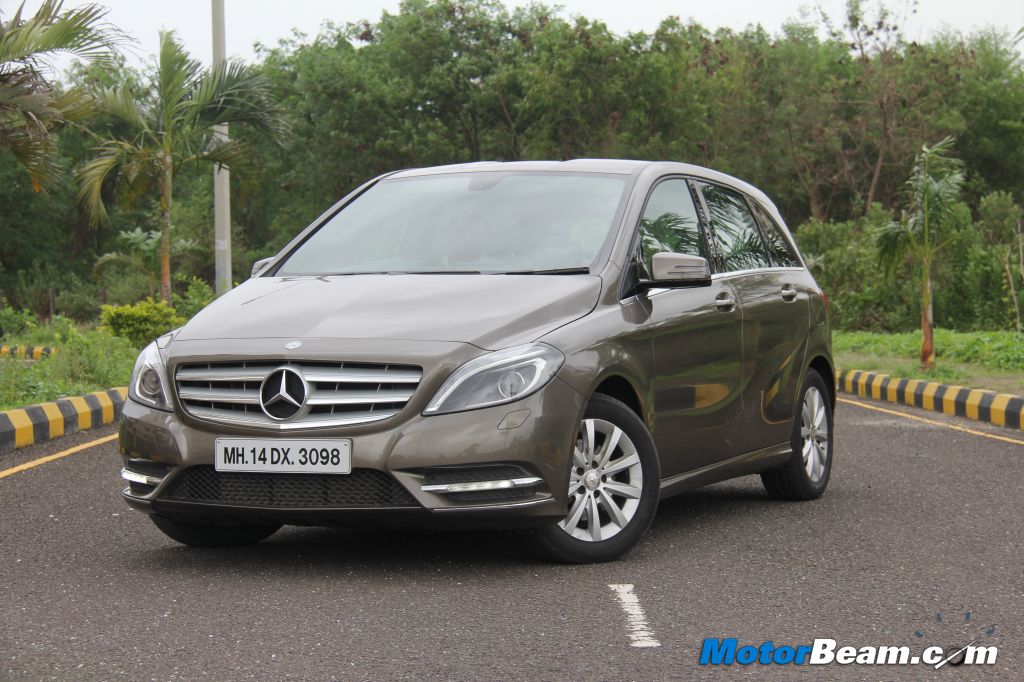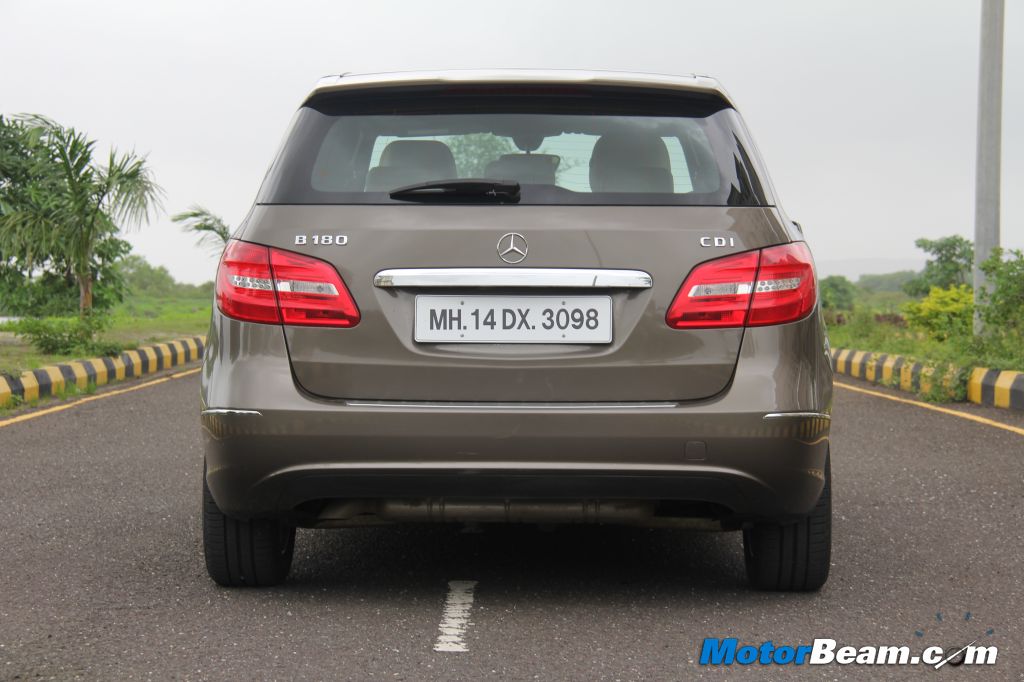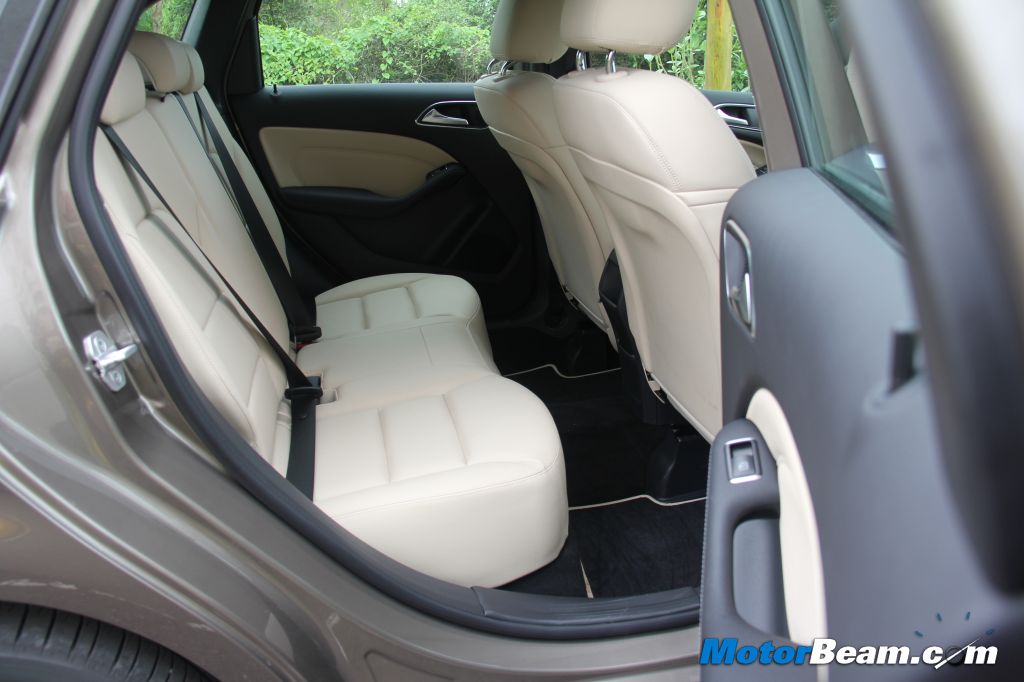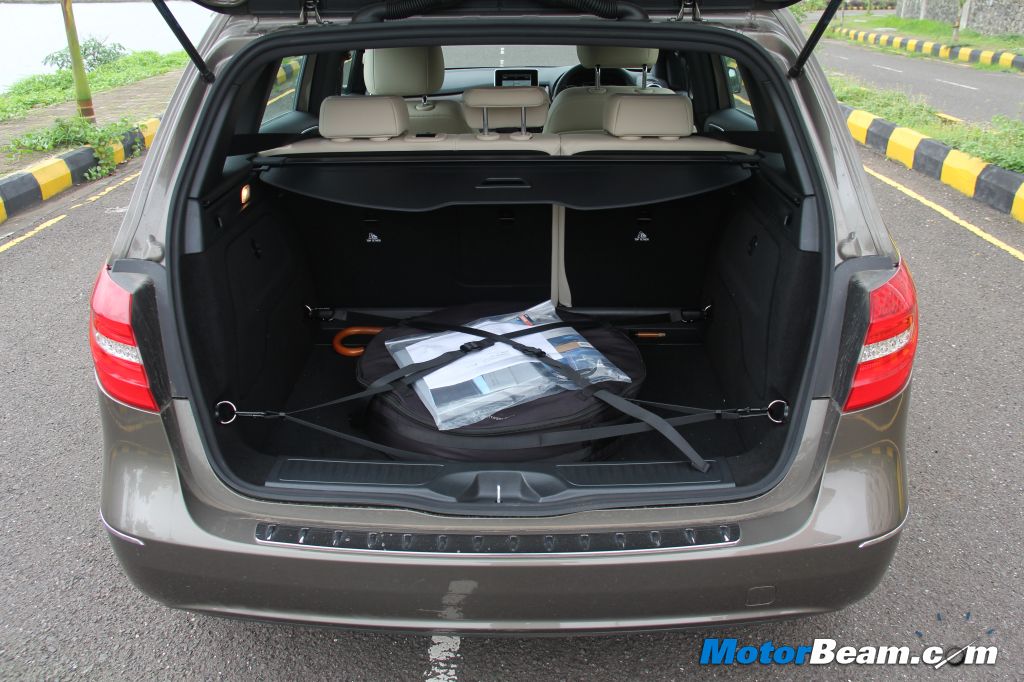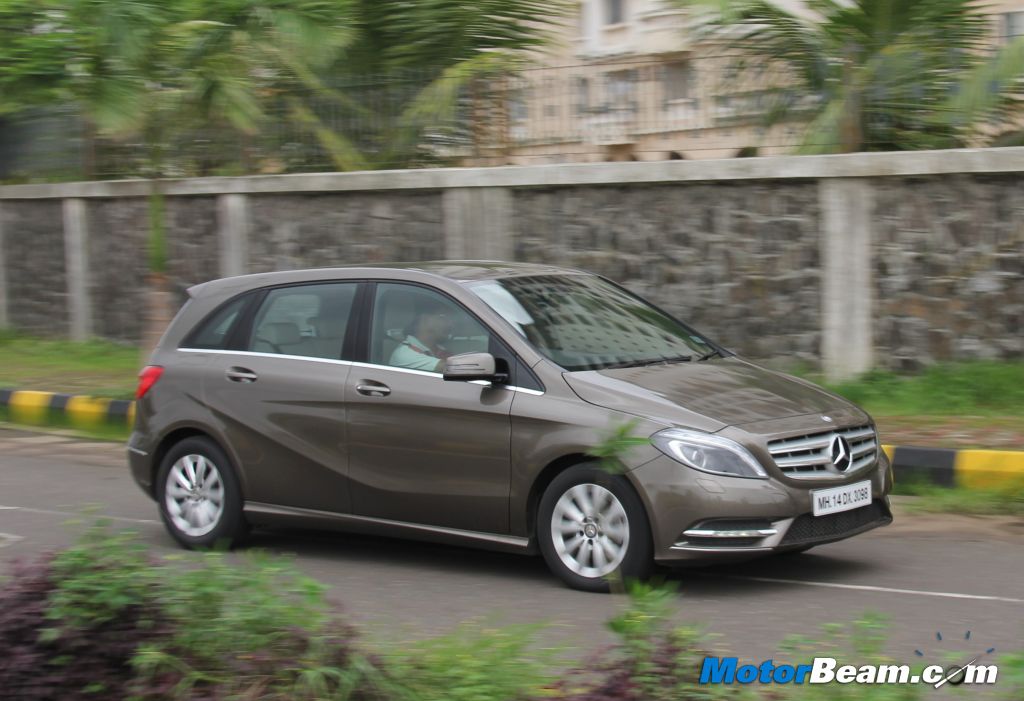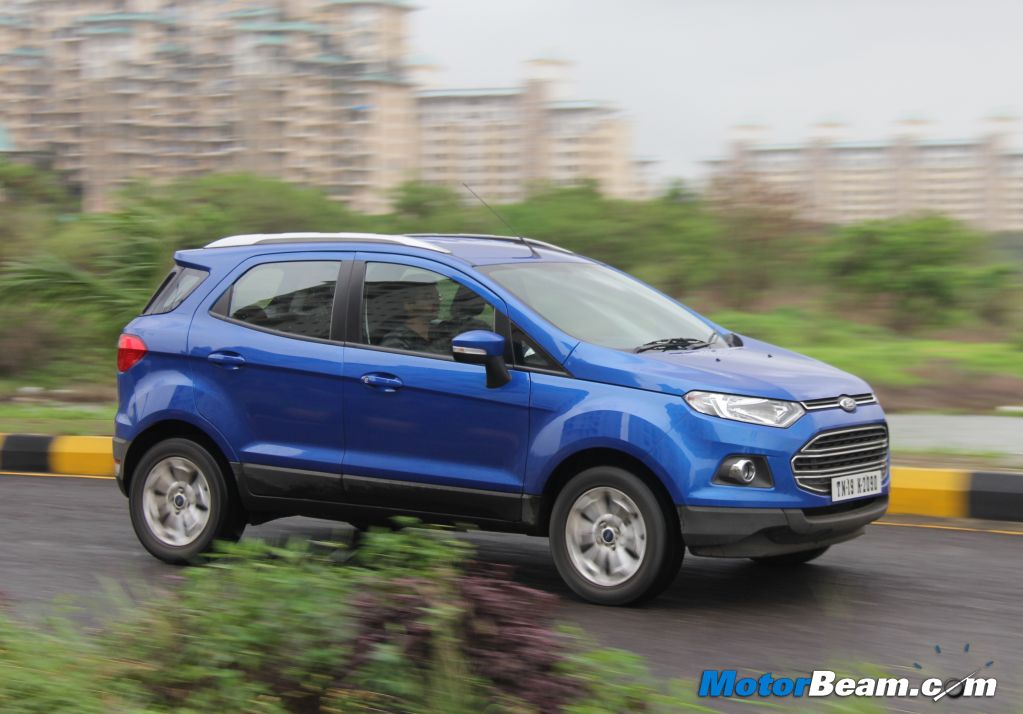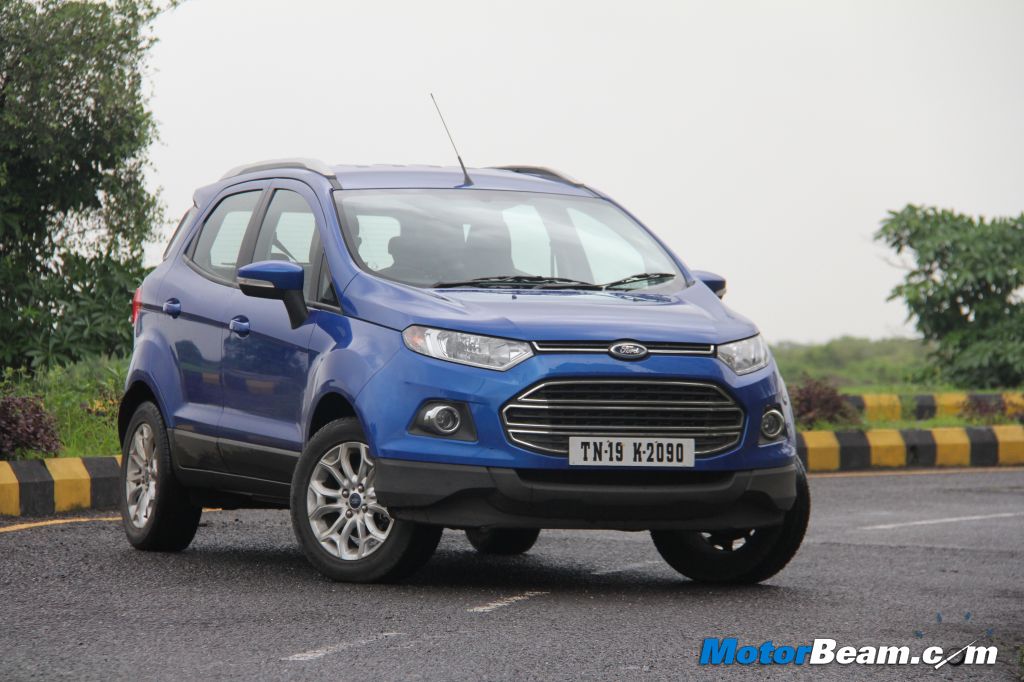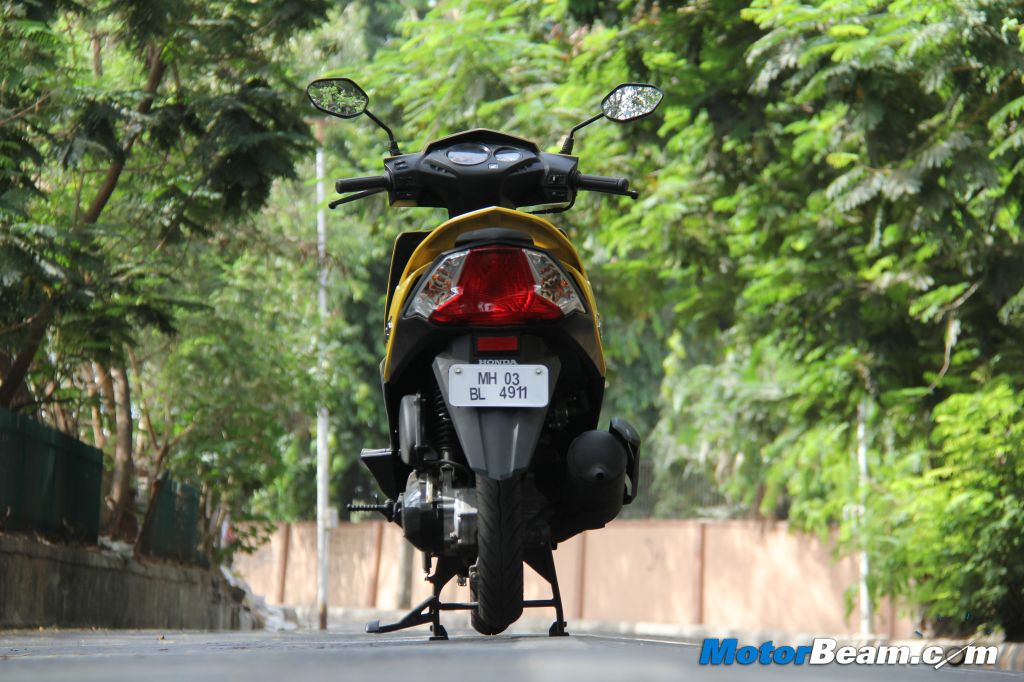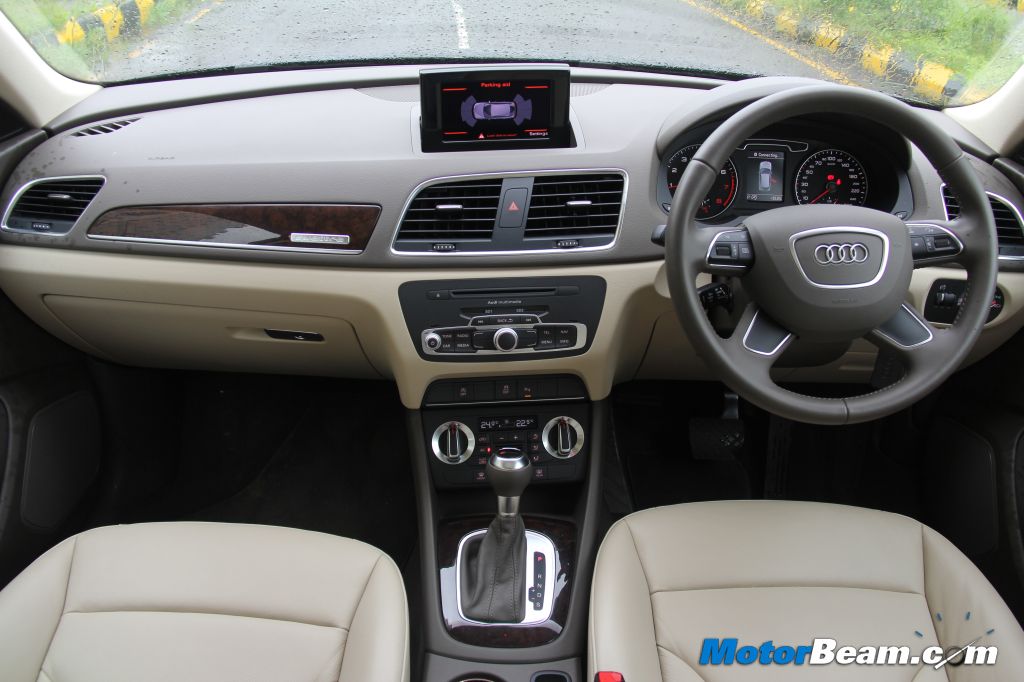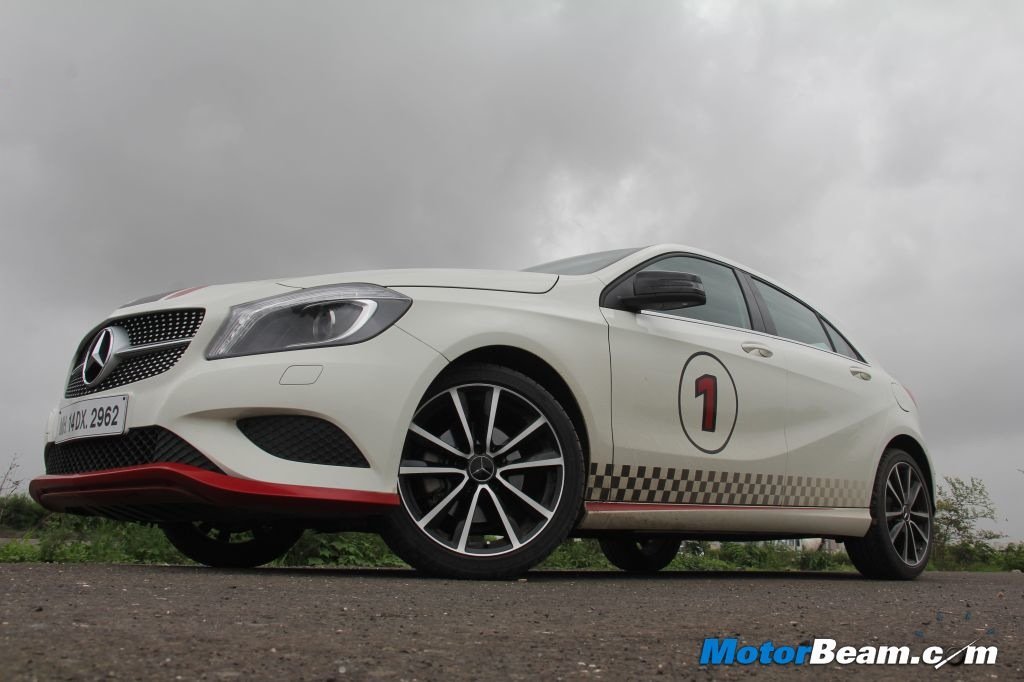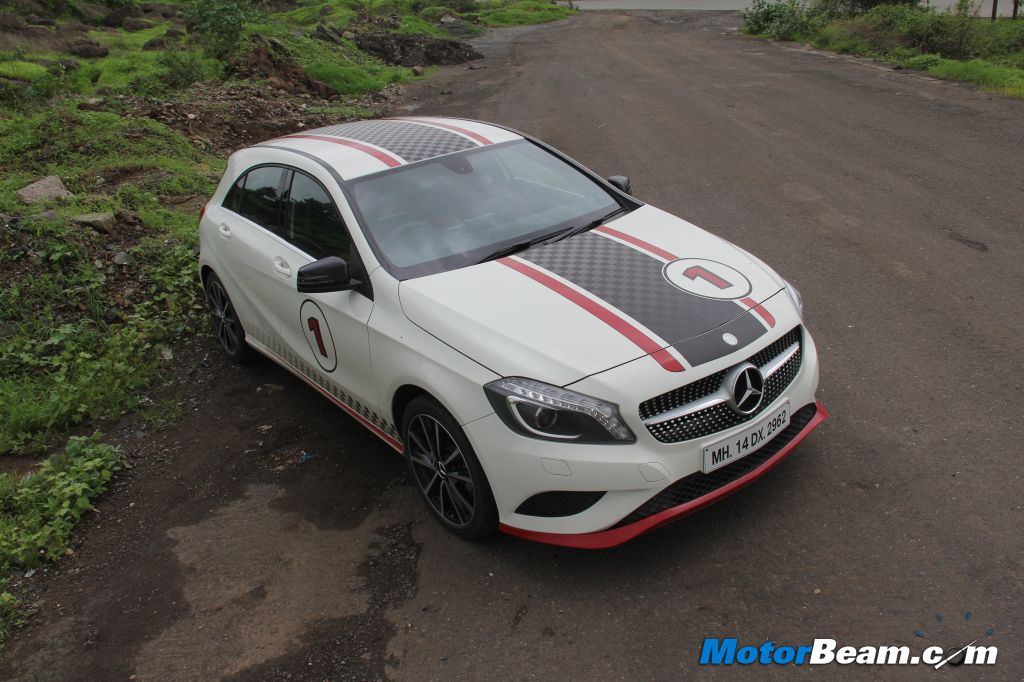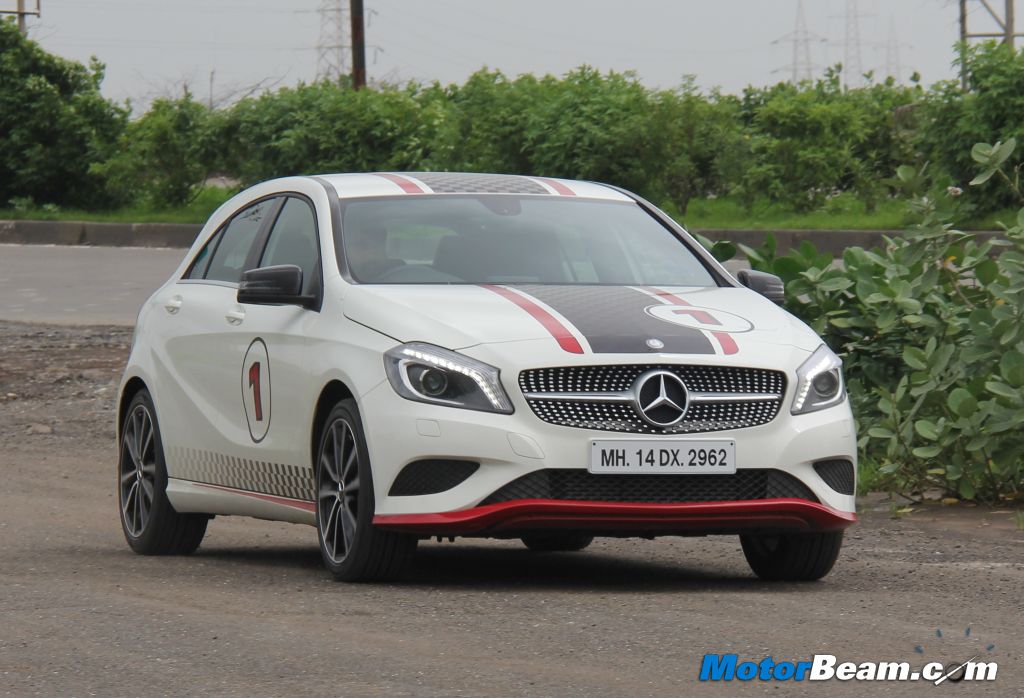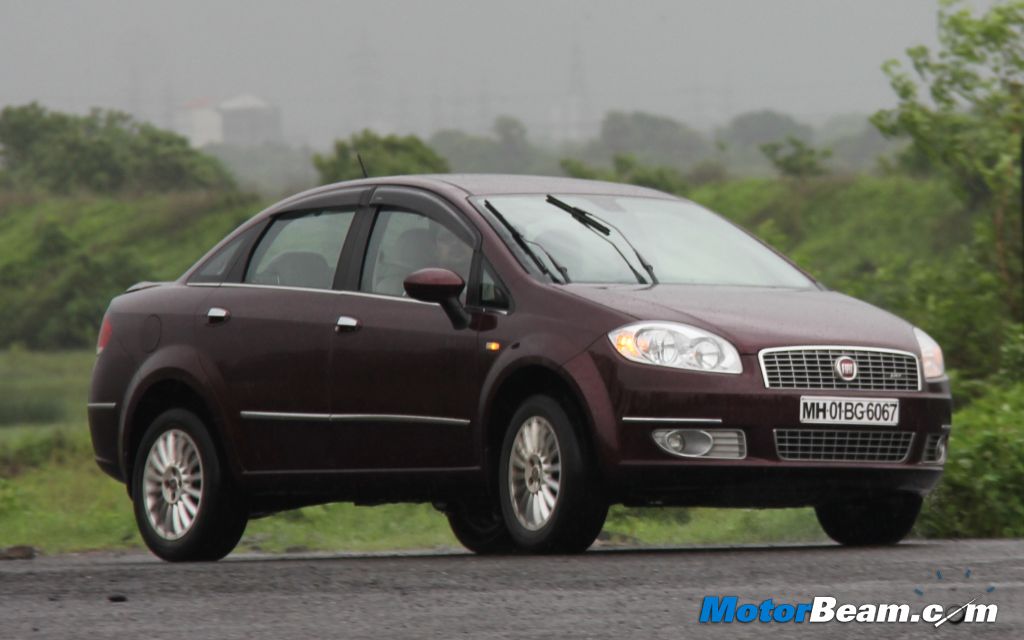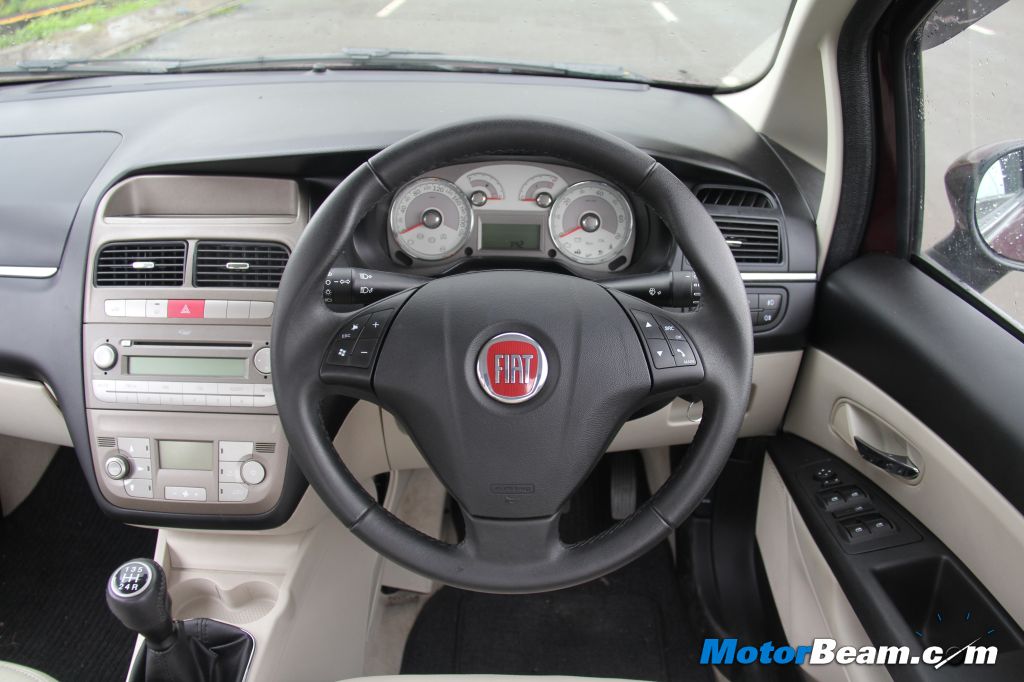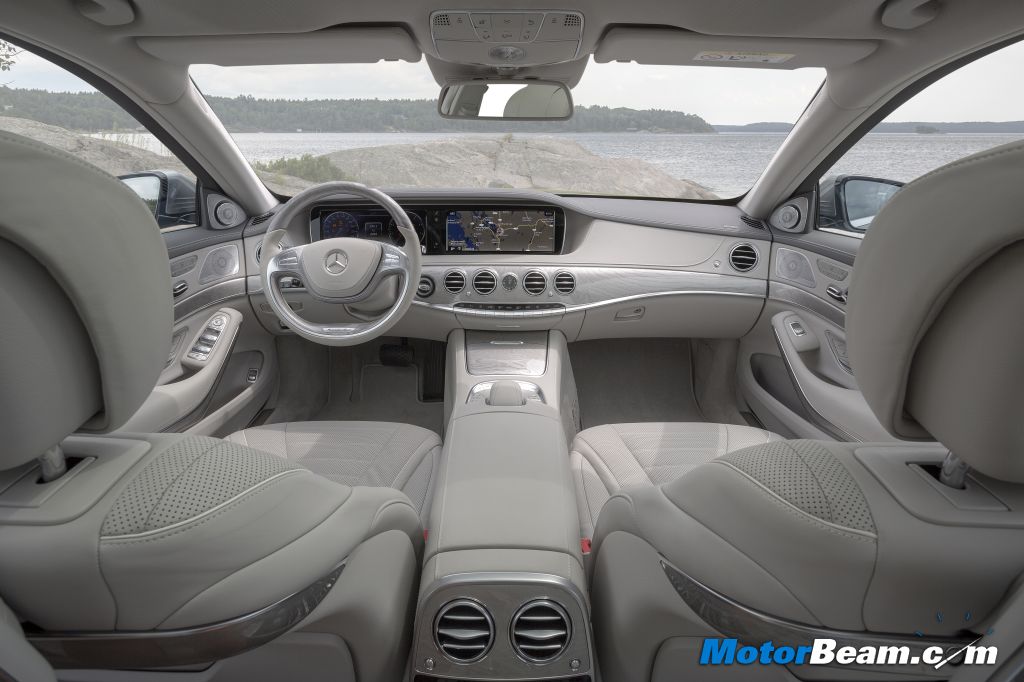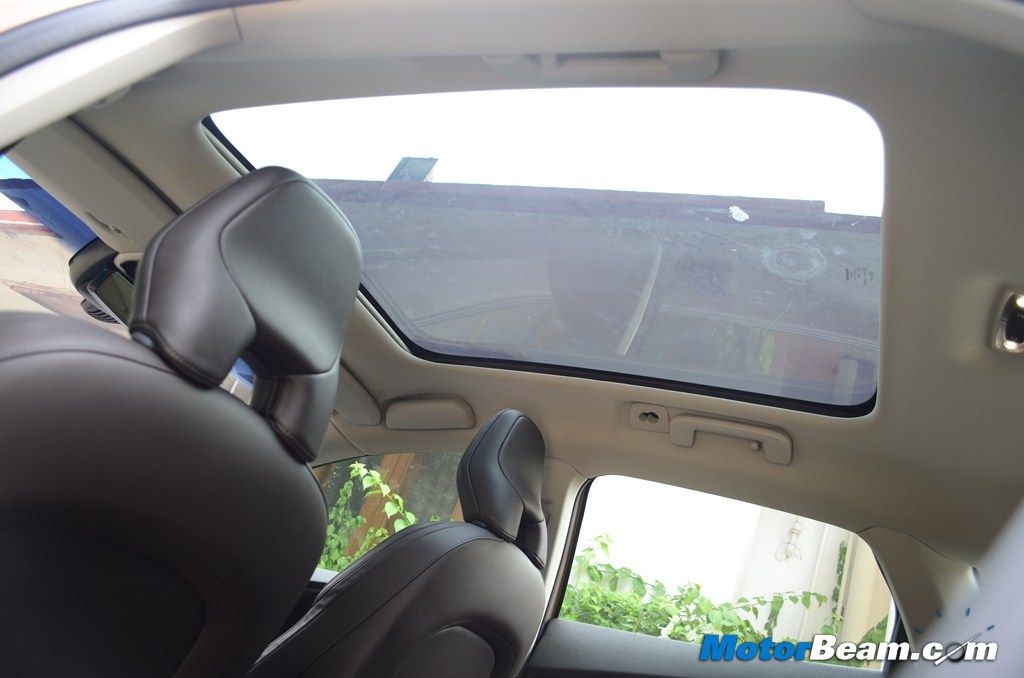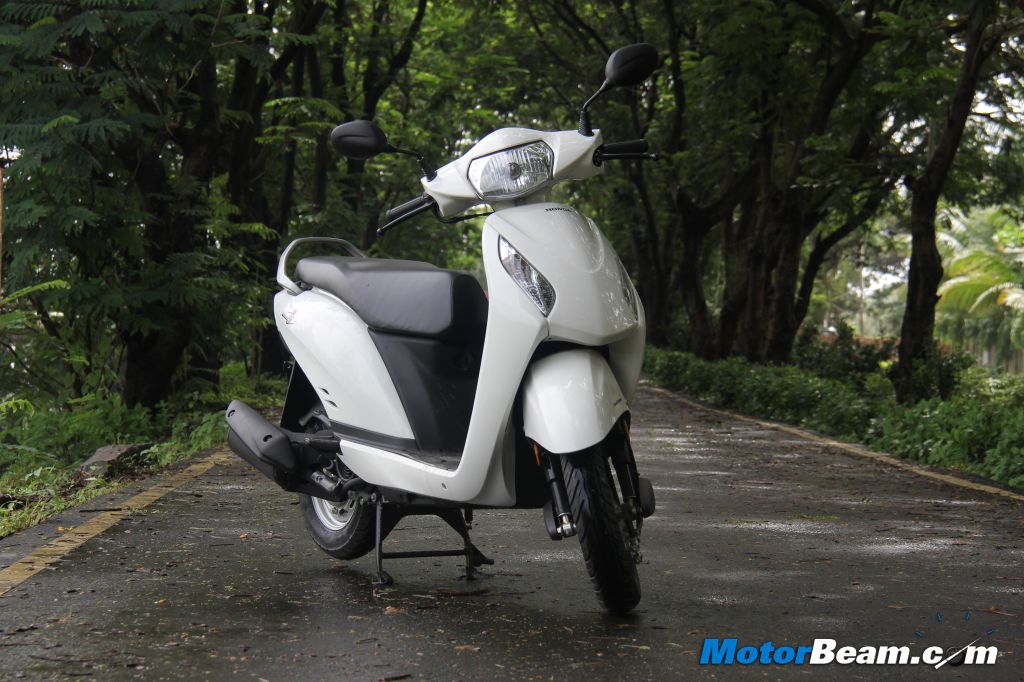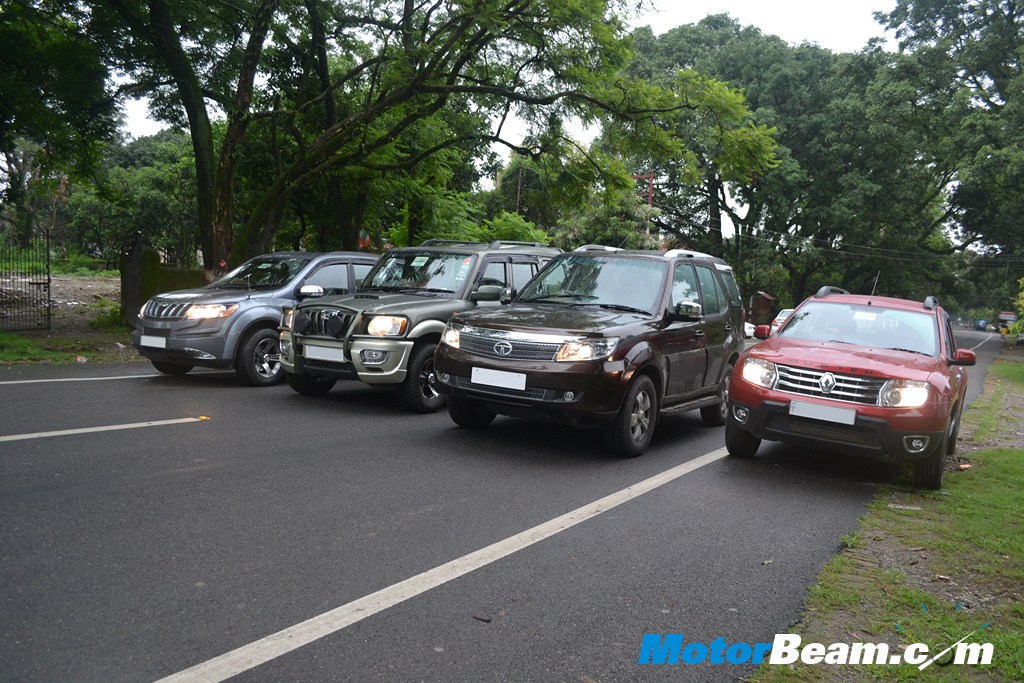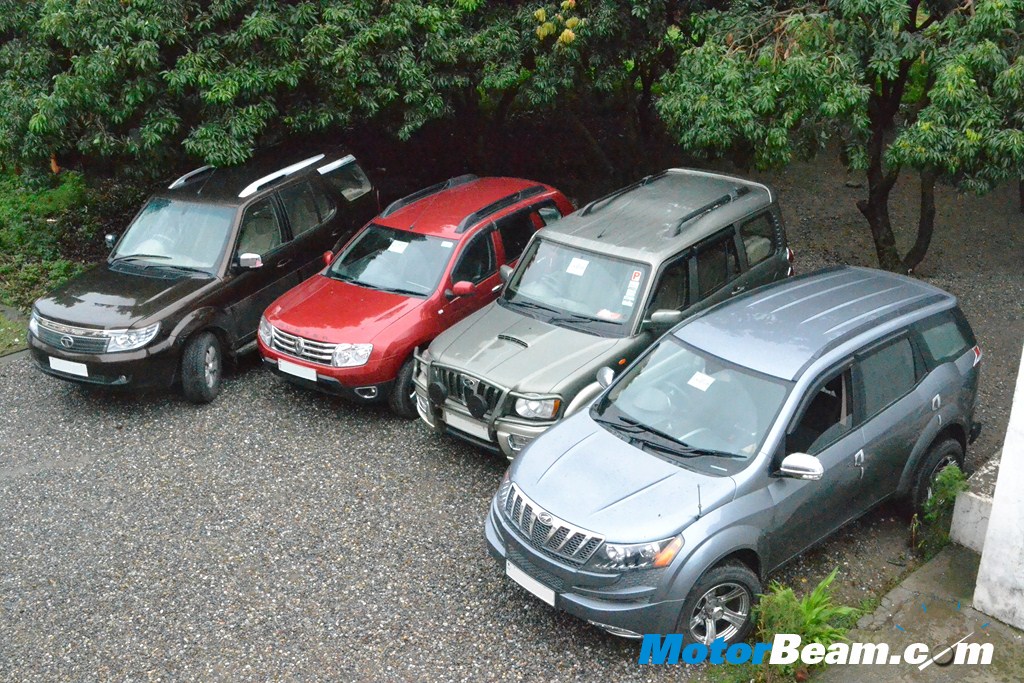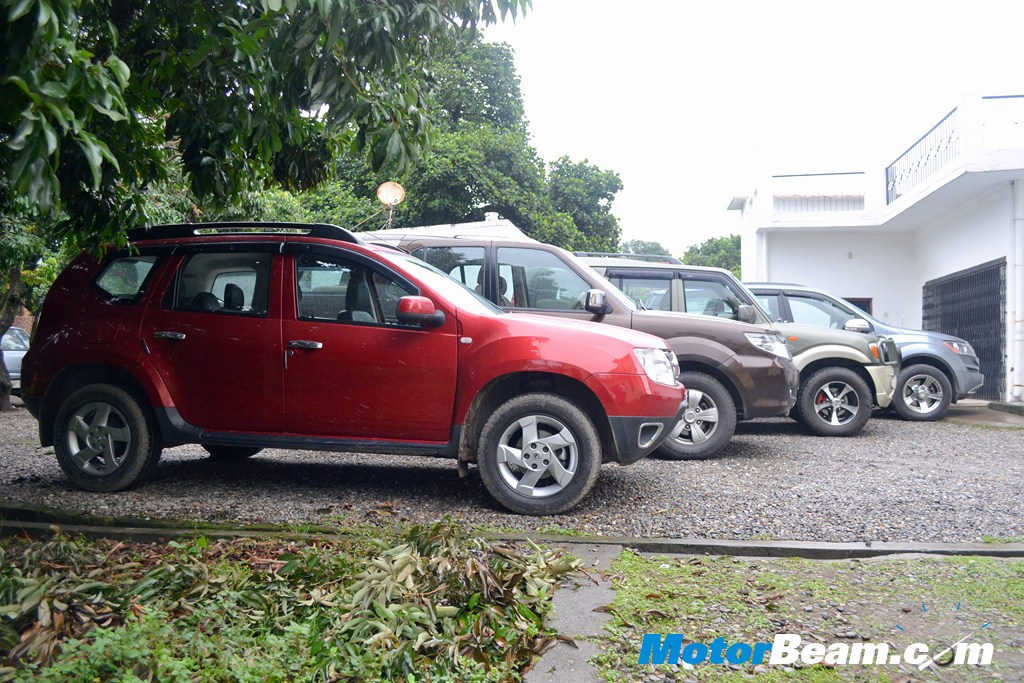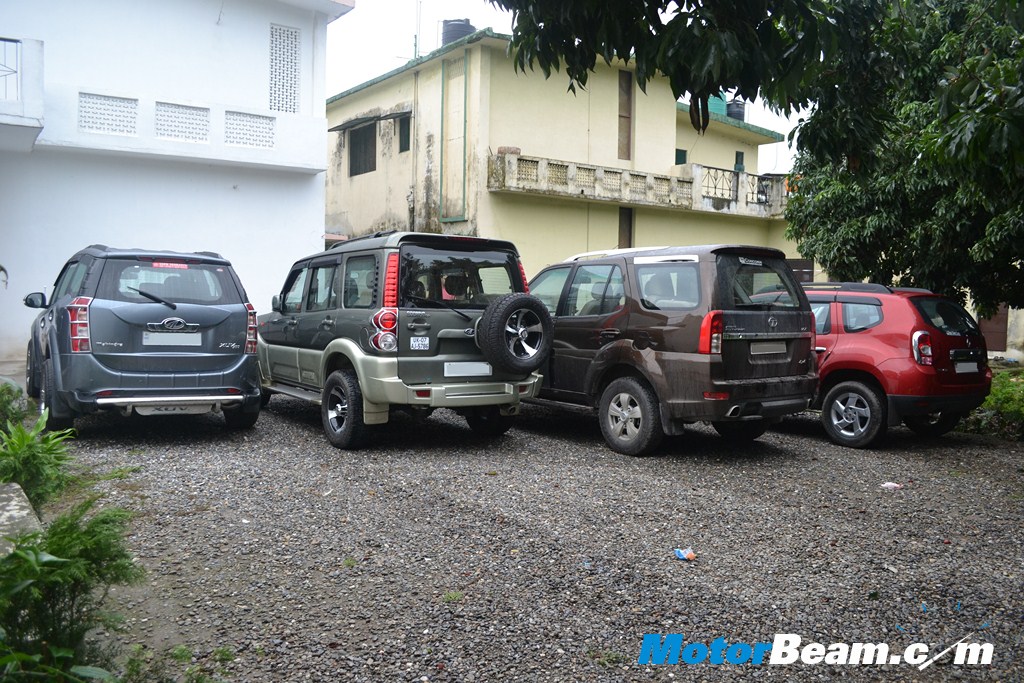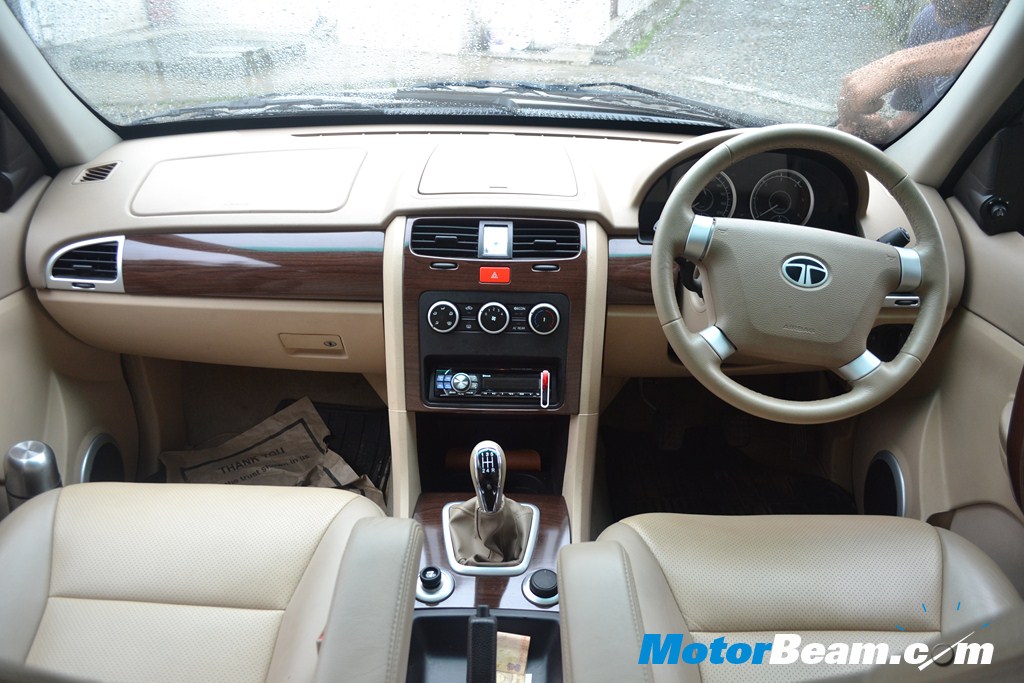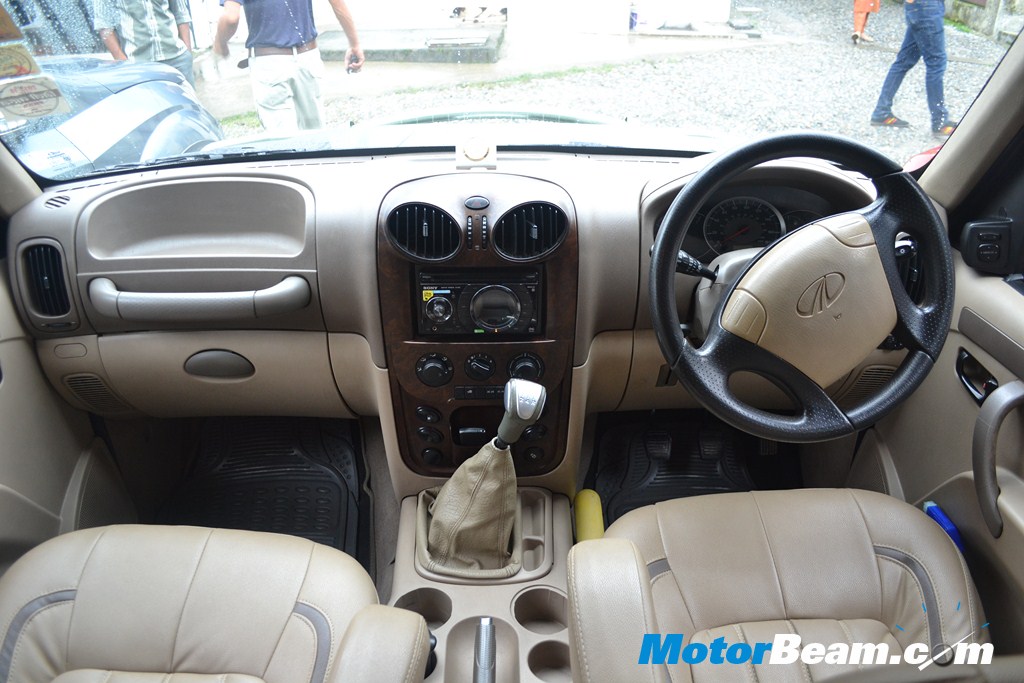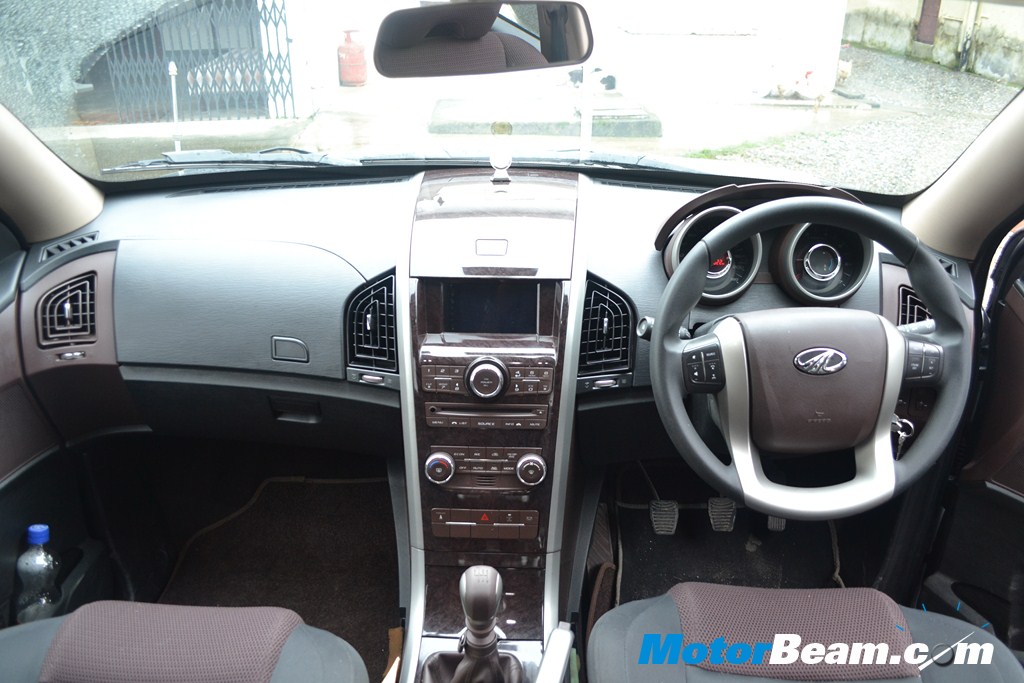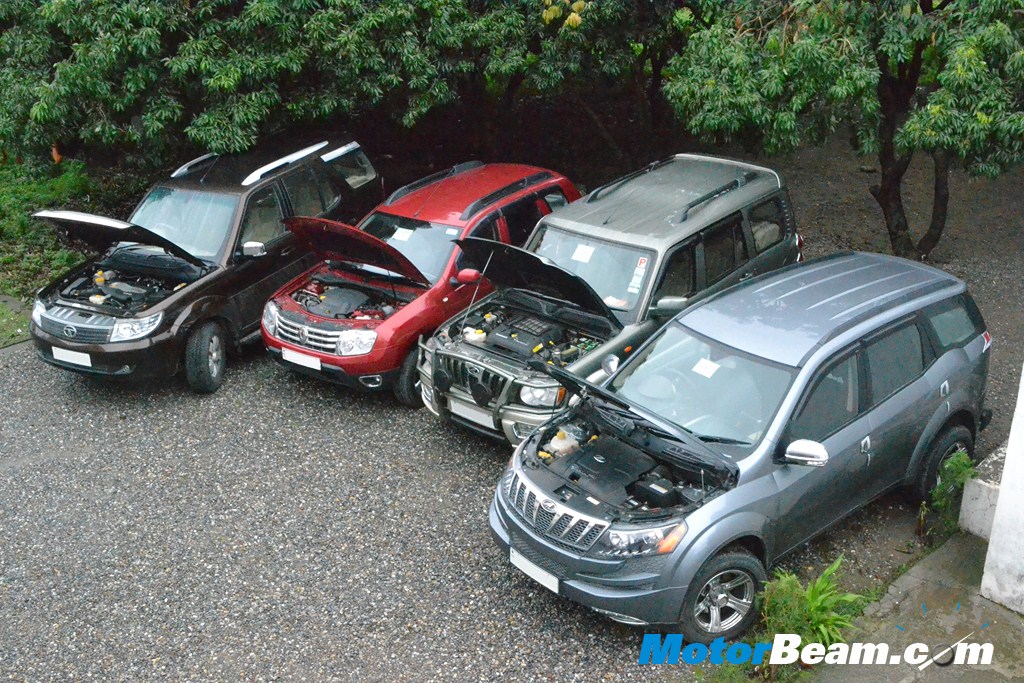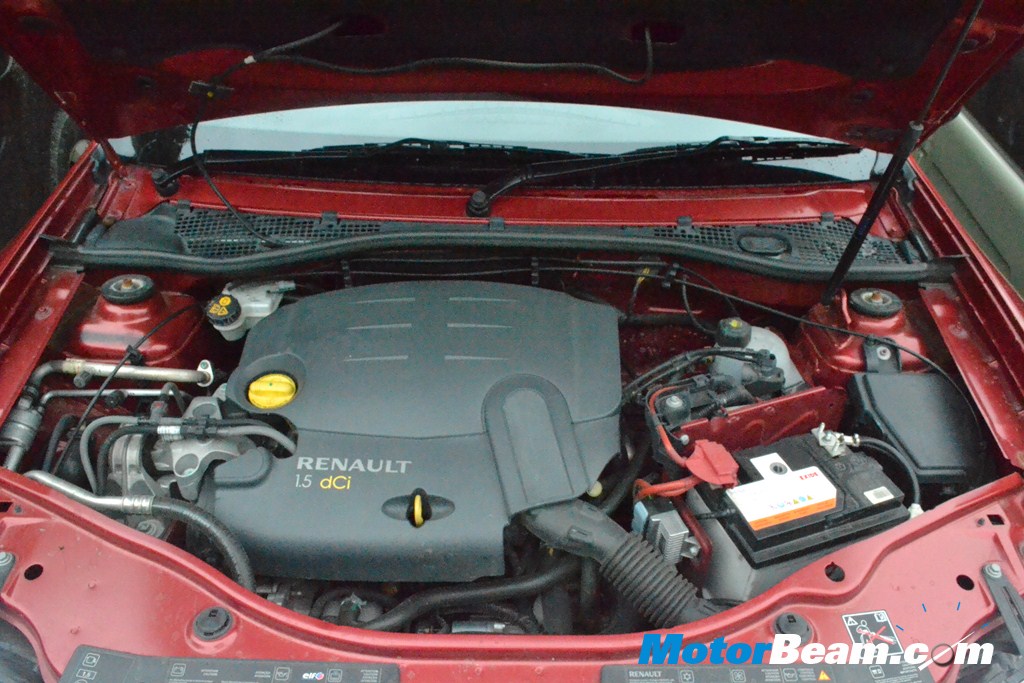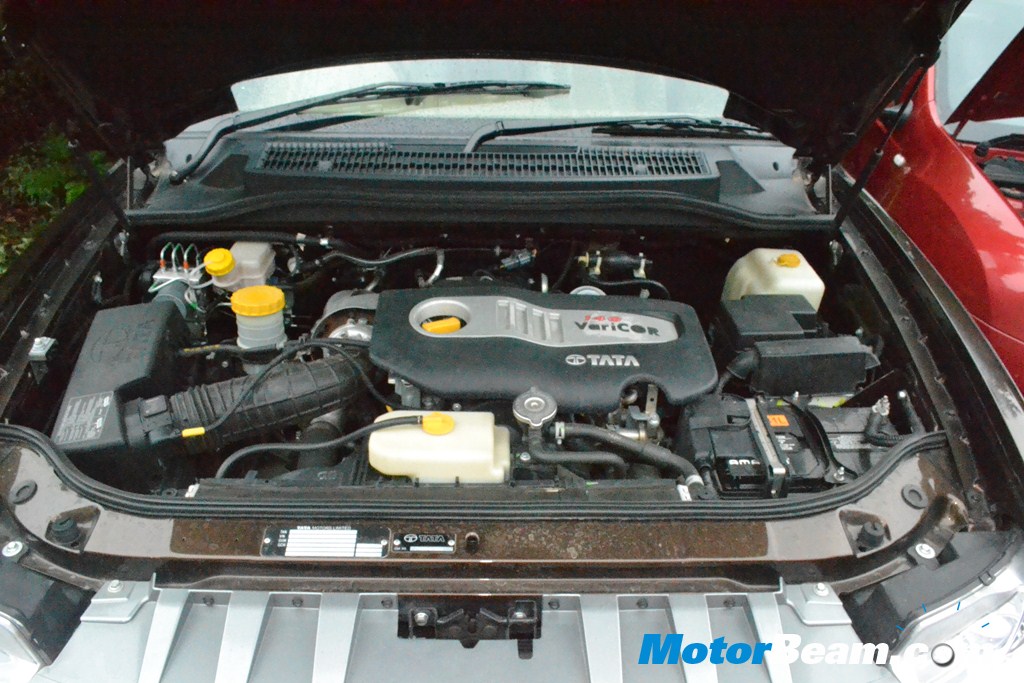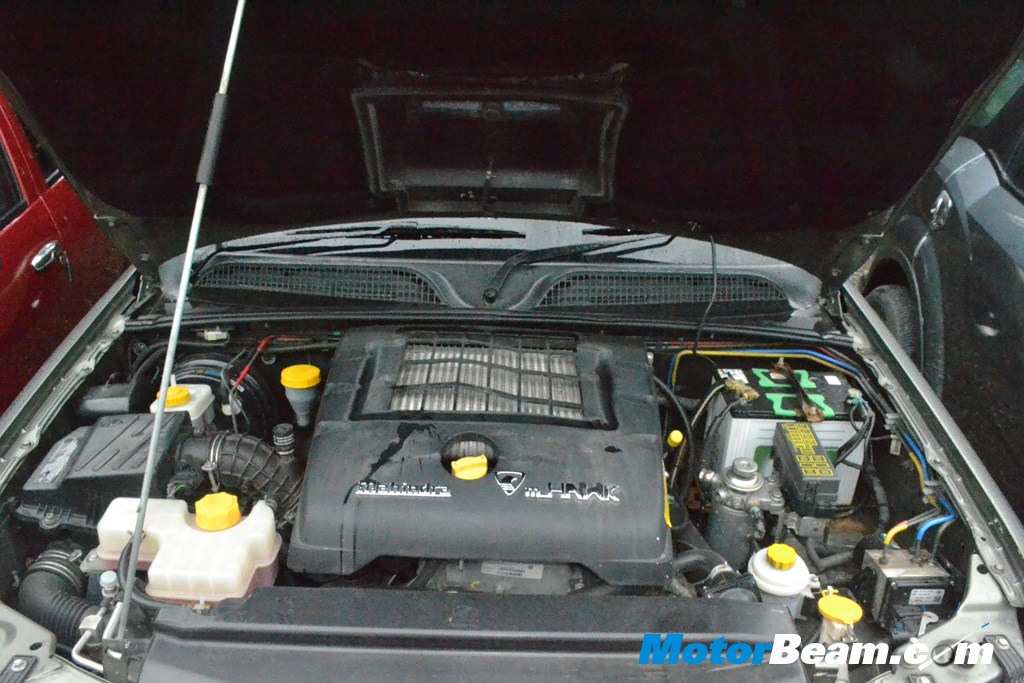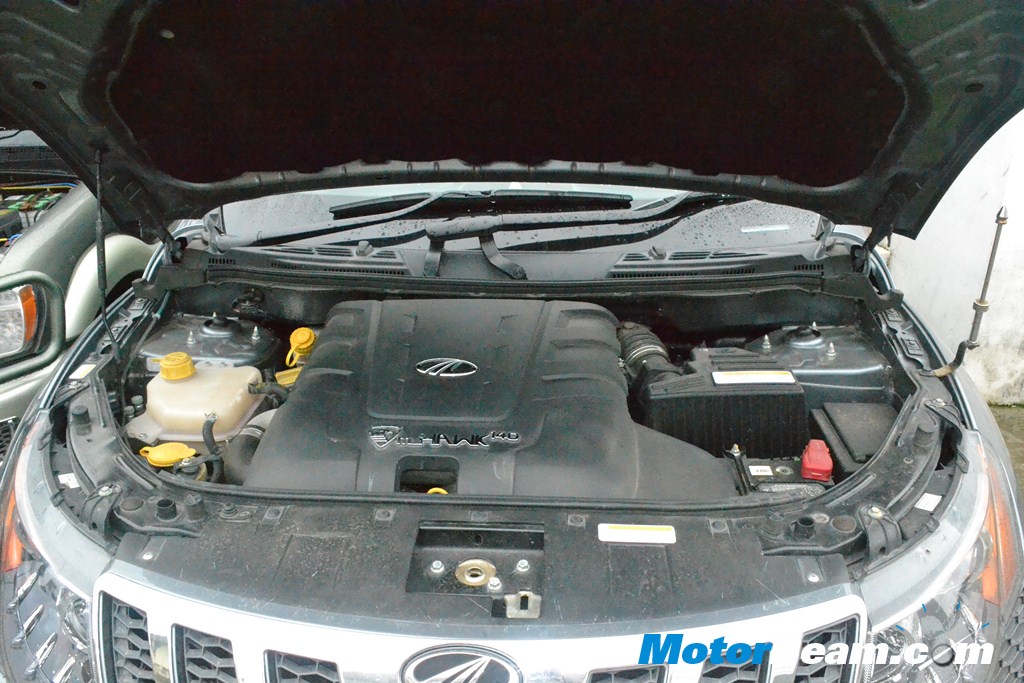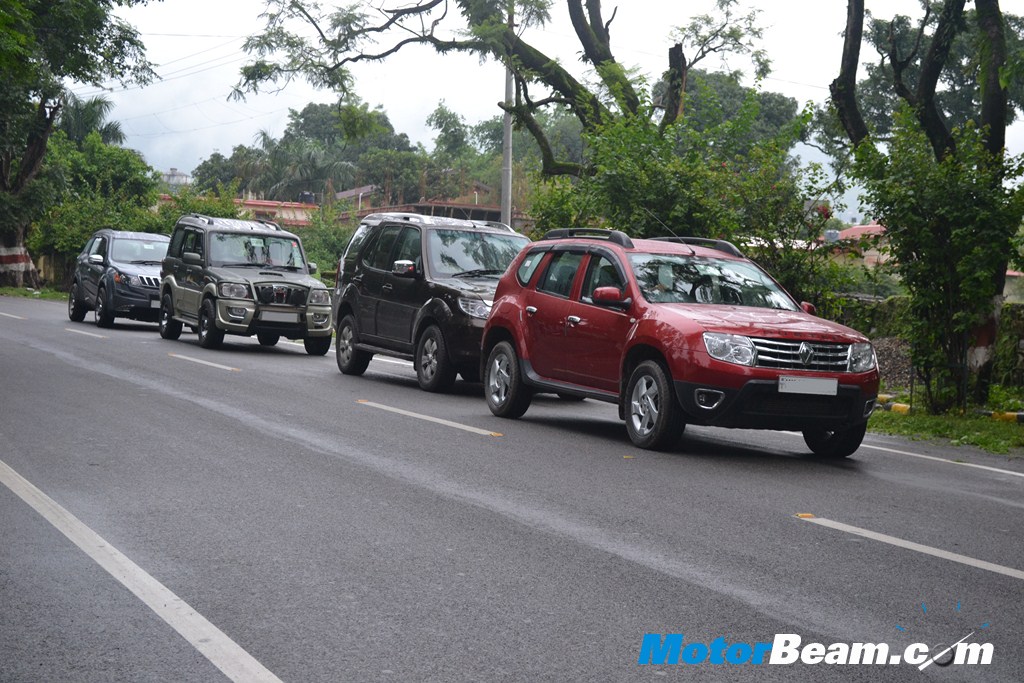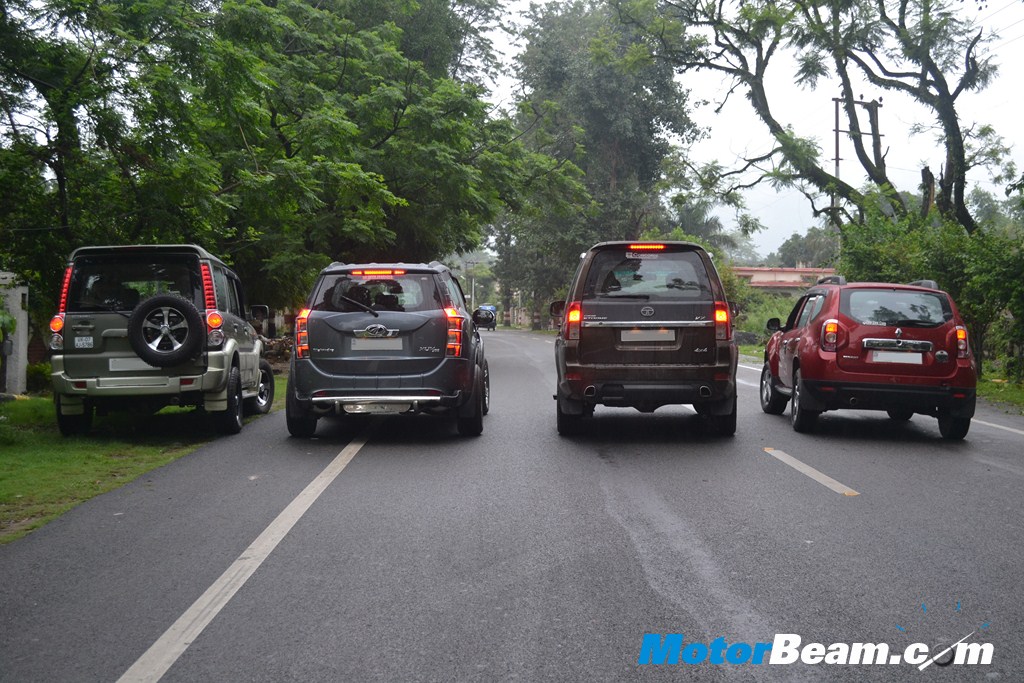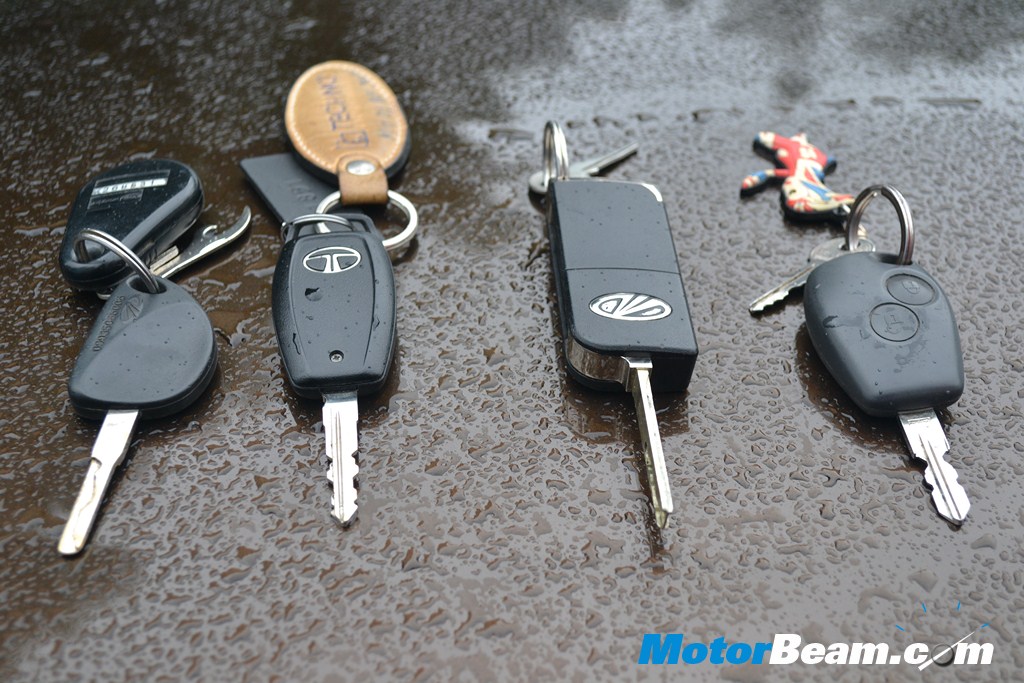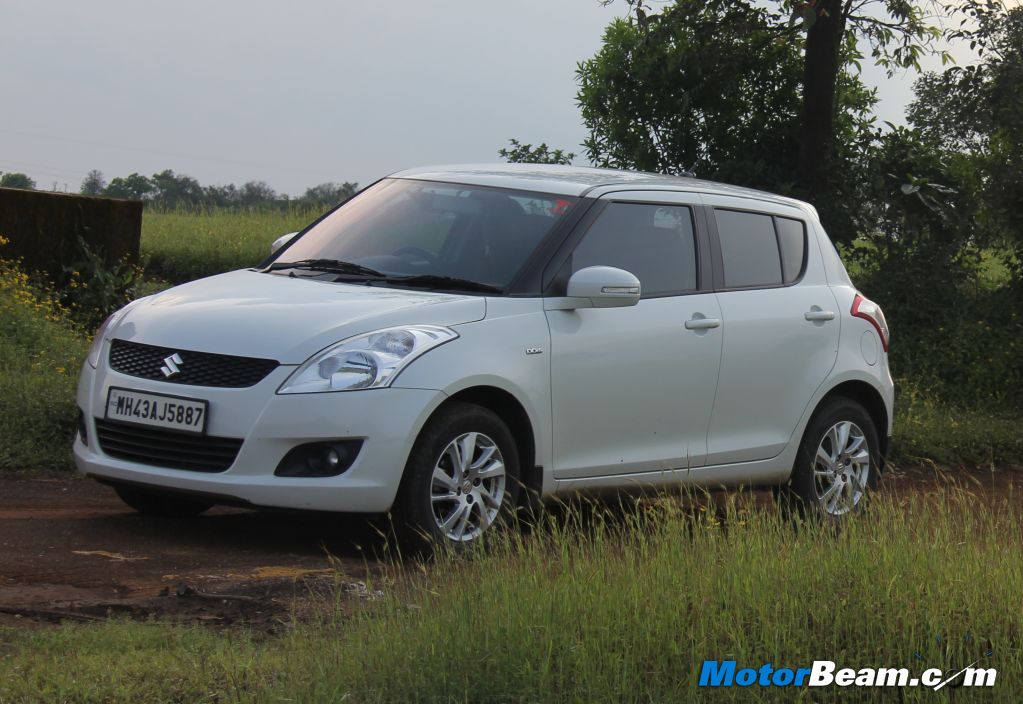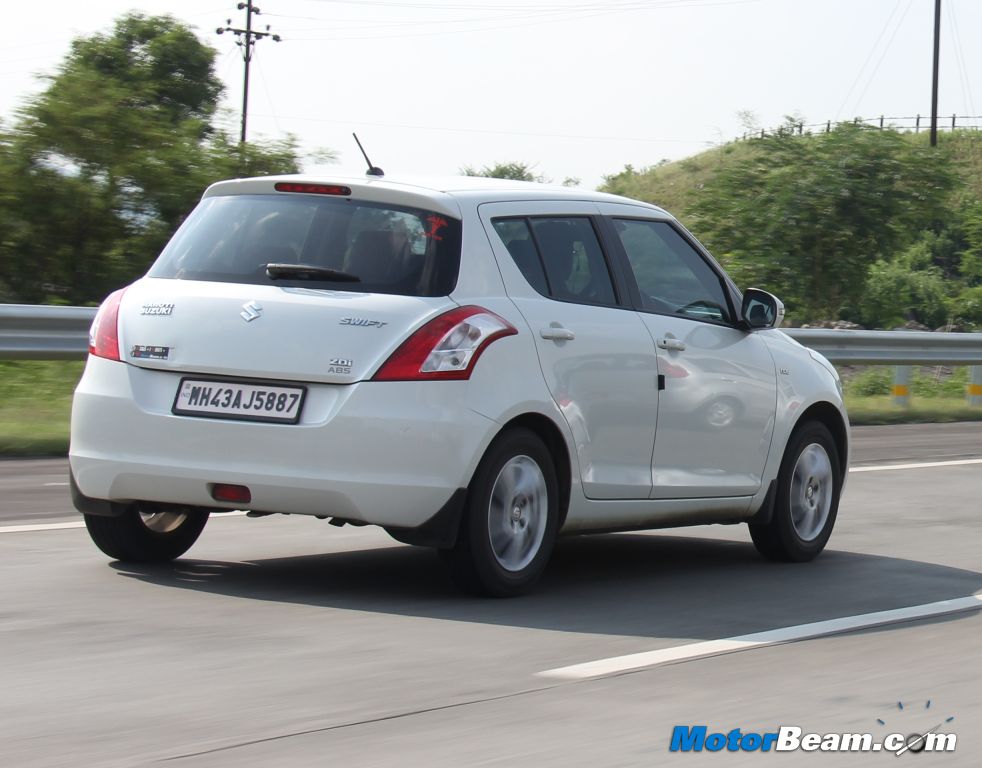![Mahindra e2o Test Drive Review Mahindra e2o Test Drive Review]()
Mahindra e2o – Click above for high resolution picture gallery
Car Tested: 2013 Mahindra Reva e2o T2
Price OTR Mumbai: Rs. 8,40,000/-
The e2o is a commendable effort by Mahindra towards eco-friendly transportation in India.
Alternate fuel technology has been around for more than a couple of decades but has never really threatened the good old fossil fuels. Scientists have tried to estimate the time frame when fossil fuel will run out and mankind would be plunged into the dark again but new oil explorations have secured the future for conventional fuels. Coming to the point, there is still enough fossil fuel available for many many generations but we look forward to a much cleaner and greener technology to drive our transportation needs. Change is good but not easily accepted. Most countries offer subsidies on electric cars to promote ‘Environment Friendly’ technology. Another debatable topic is the production of electricity. Are we burning fossil fuel to create electricity? If so, is it still green technology? The answer is primarily yes. Electricity can be generated by utilizing other natural resources such as water and wind. We can just go on and on, coming to the topic of discussion, the new Mahindra e2o, the all electric car. The Reva Electric car company was founded in 1994. The Bangalore based company was taken over by the Mahindra Group in 2010. The Reva-i (G-Wiz in UK) was sold in more than 26 countries and the Mahindra e2o picks up where the Reva-i left off. The e2o looks feature rich and promising on paper, but does it score in the real world?
![Mahindra-REVA-e2o-43 Mahindra-REVA-e2o-43]()
Exteriors – The Mahindra e2o has evolved drasticlly over the Reva-i. It is not only larger in size but more feature rich too. The exterior design looks funky and is a work of DC Design. The front gets a large black grille with the wraparound headlamp assembly. The double barrel lights includes segment first halogen projector lamps which prove to be good at night. The headlamps also include follow me home function. In fact, even cars a couple of segments up don’t get it. The bulging wheel arches add muscle to the body. The ‘Civic’ style wipers have the water nozzle attached to the arm, similar to the Tata Nano.
Unlike conventional hatchbacks which are monocoque in construction, the Mahindra e2o has been made using a lightweight steel body frame, which forms the basic skeleton of this car. Weight has to be kept at a minimum to prolong battery life and get maximum range per charge from the battery. To further reduce weight, the body is made up of special ABS plastic which is lightweight and dent resistant. The body is also scratch resistant since the paint is not present on the top layer but the entire panel is of the said colour.
![Mahindra-REVA-e2o-36 Mahindra-REVA-e2o-36]()
The side profile of the Mahindra e2o reveals a very unconventional design, which grows on you with time. This two door car has a generously sized door which imbibes a few character lines to do away with the plain monotony. The glass runs all the way backwards and joins the tail lamp. The design includes an overhang at the junction of the tail lamp and the rear bumper. The roof gradually slopes backwards. The 13-inch alloy wheels house special 155/70 low resistance Hankook tyres.
![Mahindra-REVA-e2o-03 Mahindra-REVA-e2o-03]()
The e2o’s rear profile flaunts LED tail lamps. Rear glass does not get a wiper but does have a defogging option. Under the glass is a plastic panel which forms a part of the openable hatch. It covers the charging point placed right below the e2o badge. Even when the car is locked, the charger plug stays hidden underneath so that nobody can tamper with it. There is enough space for the wire to run out and charge the car. Even though the e2o uses a single speed transmission, Mahindra has used the word ‘Automatic’ to describe it, as mentioned on the left side of the rear bumper. A careful observer will also notice the reverse camera above the number plate.
The panel gap between the roof and the rear glass is large enough to fit a smart phone.
Interiors – The interiors quality, fit and finish is average in the Mahindra e2o. The seats get a two-tone leather upholstery with white stitching. The front seats are perched above the batteries and this gives you a feeling of sitting on a chair, however, legroom, headroom and thigh support is pretty decent. Since the car is a two-door, entry to the rear seat is via the front. This means you have to drop the front seat to get behind. Hefty and tall people might find it hard to squeeze in, but once seated behind, it’s decently spacious for two adults. Third person is virtually impossible at the rear. However, if the driver is tall, rear legroom is limited and we reckon it fits best for small sized adults and kids.
![Mahindra-REVA-e2o-25 Mahindra-REVA-e2o-25]()
The centre console get a shiny black finish and houses the dials for the AC along with the 6.2-inch touchscreen audio unit which also displays a host of other things such as rear camera while reversing. The AC is powerful and cools off well inspite of the sun shining its might out. You have to manually turn the temperature dial every single time to switch on the AC as it only starts in the blower mode by default. Quite irritating. The power window buttons are located near the handbrake.
![Mahindra-REVA-e2o-12 Mahindra-REVA-e2o-12]()
The 6.2-inch touchscreen interface is also used for GPS navigation. The GPS screen not only shows you the charging stations in the particular area but also has 2 circles around your location. The outside circle is red and the inside circle is green. What this translates into is quite ingenious. You can comfortably make a return journey if you are travelling anywhere within or upto the circumference of the green circle. The red circle indicates the charge available for a one way journey only. This way you can plan your trips without running out of charge.
![Mahindra e2o Test Drive]()
![Mahindra e2o Review]()
The e2o’s audio system pampers you with a variety of connectivity options. You can play DVD or stream music through Bluetooth (including phone connectivity). Mahindra has also equipped the audio system with SD card, USB and AUX options. Sound comes from 4 speakers and 2 tweeters (JBL make) and the quality is pretty decent. There are no audio controls on the steering wheel though.
The boot is obviously small but fits in more than what we initially imagined. You can comfortable fit in a few haversacks and your daily shopping should not be a problem. The spare tyre is housed at the front, like the Tata Nano.
The instrument cluster consists of a nice futuristic dial which gives you essential information like amount of battery charge left, distance to go on current charge and how efficiently you are driving. The steering is a bit large but one gets used to it quickly. The Mahindra e2o also gets push button start.
![Mahindra e2o Performance Review]()
![Mahindra e2o User Experience]()
Left – Due to the small foot well and the intruding front wheels inside the cabin, when you step on the accelerator completely, you tend to hit the floor. Right – Built quality could have been better, especially for a car which will mostly be exported.
![Mahindra-REVA-e2o-46 Mahindra-REVA-e2o-46]()
Performance – Before getting the motor running, you have to first hit the start button and hold the key in front of it for the system to recognize the key. Once it does, a green light comes on and you are good to go. However, this process of recognizing the key is a pain, especially when you do short trips. Every time you unlock the Mahindra e2o and get in, you have to run through this procedure and sometimes, it does take its own time. Power is stored in a zero maintenance 48V Lithium-ion battery. This means unlike the previous Reva-i, you don’t have to check battery water levels. Power from this battery is transmitted to the wheels via a 19 Kw, 3-phase induction motor at 3750 RPM, which measures about 25.5 BHP (1Kw = 1.34BHP). You may feel that 25.5 BHP of power is hardly anything to talk about but the beauty of an electric motor is that the torque of 53 Nm is available right from 0 to 3400 RPM.
![Mahindra-REVA-e2o-32 Mahindra-REVA-e2o-32]()
You won’t be able to tell if the Mahindra e2o in switched on or not, slot the vehicle into D and step on the pedal. The e2o moves forward with only a distant humm from the motor. The noiseless motion takes a while to sink in and the e2o builds up good speed upto 60 km/hr after which it feels strained. There is a ‘Boost’ mode (‘B” on the gear lever) which gives you nearly 20% more power. This can be used to overtake if needed, however, the battery discharges quite fast in this mode. We were able to hit a top speed of 87 km/hr, assisted by the wind blowing in our favor. At top speed, the Mahindra e20 doesn’t feel very grounded owning to its light weight.
Once the battery goes below 20%, the ‘Boost Mode’ gets deactivated to preserve charge. Even the AC does not cool too keenly.
![Mahindra-REVA-e2o-50 Mahindra-REVA-e2o-50]()
Driving Dynamics – The Mahindra e2o has decent ride quality and the low resistance Hankook tyres absorb most of the bumps, however at higher speeds (if 80 km/hr can be called that) the rear tends to be a bit bouncy over uneven surfaces. On smooth tarmac it is pretty compliant. The e2o does not get a power steering and at standstill speeds, the steering feels rather heavy to manoeuvre. Once you are upto speed, it is manageable. Turning radius is a minimal 3.9 metres, but taking a u-turn can be a daunting task due to the heavy steering feel at low speeds. Being a tall boy, there is a fair amount of body roll. Sharp cornering is something the e2o does not like, though in all fairness, it’s not meant to be driven flat out. The low resistance tyres run out of grip quickly and tend to skid while driving enthusiastically. On a routine drive, the e2o’s handling is predictable.
![Mahindra-REVA-e2o-48 Mahindra-REVA-e2o-48]()
Braking performance is average and the brakes bite too suddenly as you push the pedal. The Mahindra e2o used vacuum assisted braking and a motor assists the brakes when there isn’t too much vacuum. This leads to the sudden brake bite when the motor spools up. The e2o is also equipped with regenerative braking. In simple words, every time you hit the brakes, the kinetic energy generated is used to charge the battery.
![Mahindra-REVA-e2o-09 Mahindra-REVA-e2o-09]()
Charging and Range – Power is stored in a 48 volt Lithium-ion battery pack with 10 kWh capacity. The charging point is placed on the lower right side (facing outside) and Mahindra has provided a light for charging at night. However, we did face charging issues on our drive. Problem was that we did not have any charging points in our parking and the charging cable (15.5 feet in length) was not long enough to reach out to the nearest 15 AMP socket but in case you are planning to buy an e20, sweat not. Mahindra will set up a weather proof outdoor charging station at your premise absolutely free of cost (connected to your electricity meter). Besides Mahindra is also in the process of setting up charging stations all over the city. In fact, few mall parkings already have it. A full charge takes 5 hours. Mahindra claims that the e2o can do 100 kms on a complete charge but in the real world it will vary between 75 – 85 kms, depending on driving style, traffic and related factors. A solar panel is also available as an accessory but costs a whooping Rs. 1.5 lakhs (est).
![Mahindra-REVA-e2o-17 Mahindra-REVA-e2o-17]()
The Mahindra e2o has lots of technology going into it. The e2o uses a GSM SIM which can be paired to your phone via an app. This app is available on Windows, iOS and Android stores. Using this app, you can remotely switch on the AC of your car on a hot day before you step in, measure the remaining charge, lock/unlock the car and see if you can make it to a place on the current charge. The app can also be used to get the ‘Revive’ mode working. In this mode you can unleash an extra 7% charge from the battery giving you an extra 6 – 7 kms towards the end. It basically ensures that the battery has a bit of juice left at the end, which is essentially locked away to be used only in emergencies. The app also has a ‘Vacation Mode’ wherein the battery can be set to charge optimally while the car is not being used. It can be deactivated once you are back when routine charging will resume.
![Mahindra-REVA-e2o-47 Mahindra-REVA-e2o-47]()
Verdict – The Mahindra e2o is loaded with technology and offers a lot to bells and whistles. It will certainly appeal to those who have a heart towards conservation of the planet. However, at a price of Rs. 8.40 lakhs (on road, Mumbai), it is still a bit too expensive to be convincing to the general hatchback buyer. The Government does not provide much subsidy to hybrid and electric vehicles yet and current charging infrastructure does not make it too practical for use, especially with the limited range it offers. However, it’s a great car for short city runabouts and after having used the Mahindra e2o extensively, one has to appreciate that this is a commendable effort by the company towards eco-friendly transportation.
The Mahindra e2o is definitely the right direction for environment friendly transportation but the low/lack of subsidies ruins the value proposition.
What’s Cool
* Zero Emission Vehicle
* Feel Good Factor
* Zero Maintenance battery
* Loads of Tech features
What’s Not So Cool
* Limited Battery Range
* No Power Steering
* Unknown long term costs
* Expensive
Mahindra e2o Specifications
* Engine: 3-phase induction motor
* Power: 25.5 HP @ 3750 RPM
* Torque: 53 Nm @ 0-3400 RPM
* Top Speed: 81 km/hr
* Battery: 48V Lithium-ion (maintenance free)
* Range: 100 kms
* Charge Time: 5 hours, 1 hour for 20 kms range
* Fuel Type: Electric
* Suspension: McPherson struts (Front), Coil spring (Rear)
* Tyres: 155/70/13 Tubeless Low Resistance
* Brakes: 215 mm Ventilated Disc (Front), 180 mm Drum (Rear)
* Safety: Gear shift interlock, Charge interlock, Reversing Camera
Mahindra e2o Dimensions
* Overall length x width x height: 3280 mm X 1514 mm X 1560 mm
* Wheelbase: 1958 mm
* Ground clearance: 180 mm
* Turning Radius: 3.9-metres
* Kerb Weight: 830 kgs
The post Mahindra e2o Test Drive Review appeared first on MotorBeam - Indian Car Bike News & Reviews.
